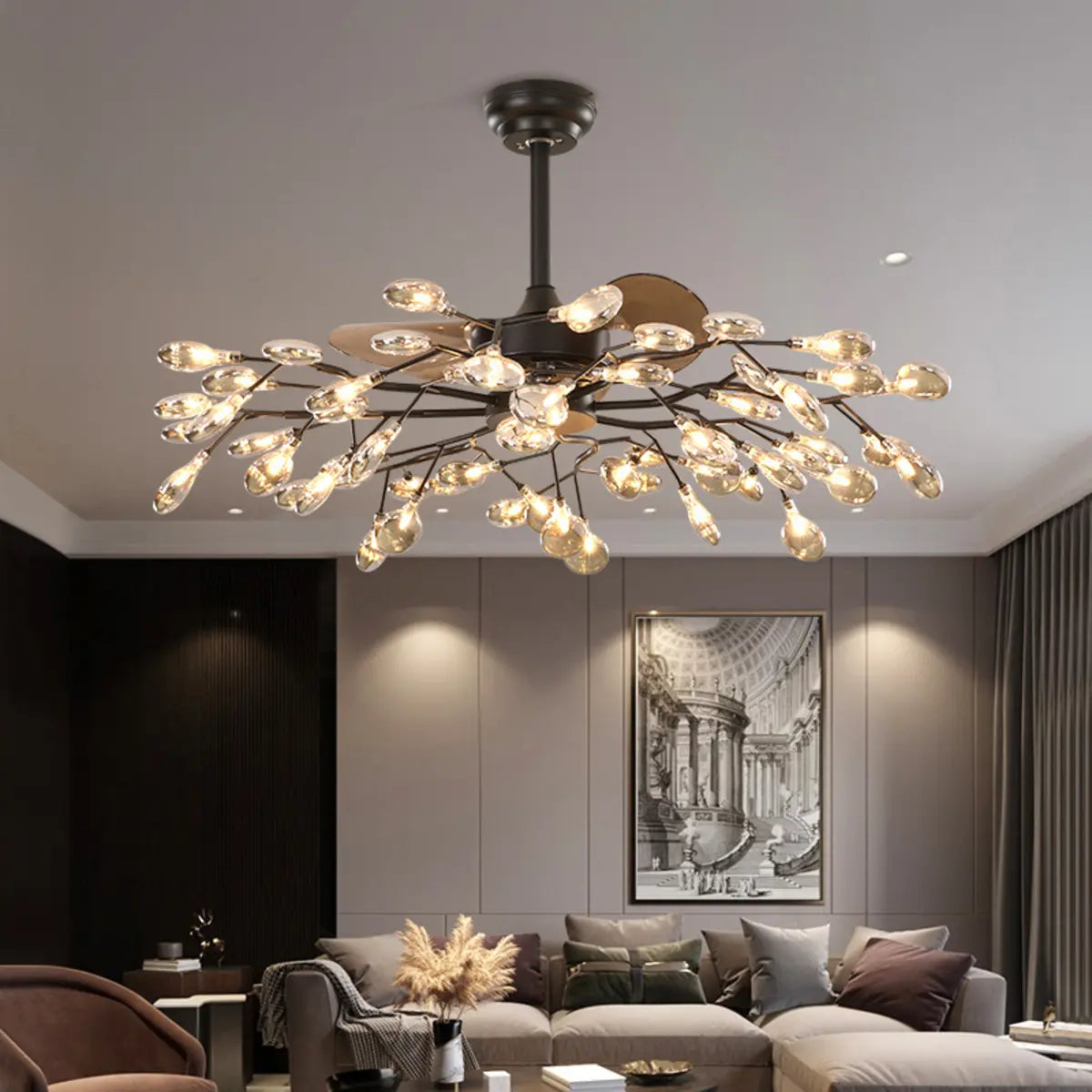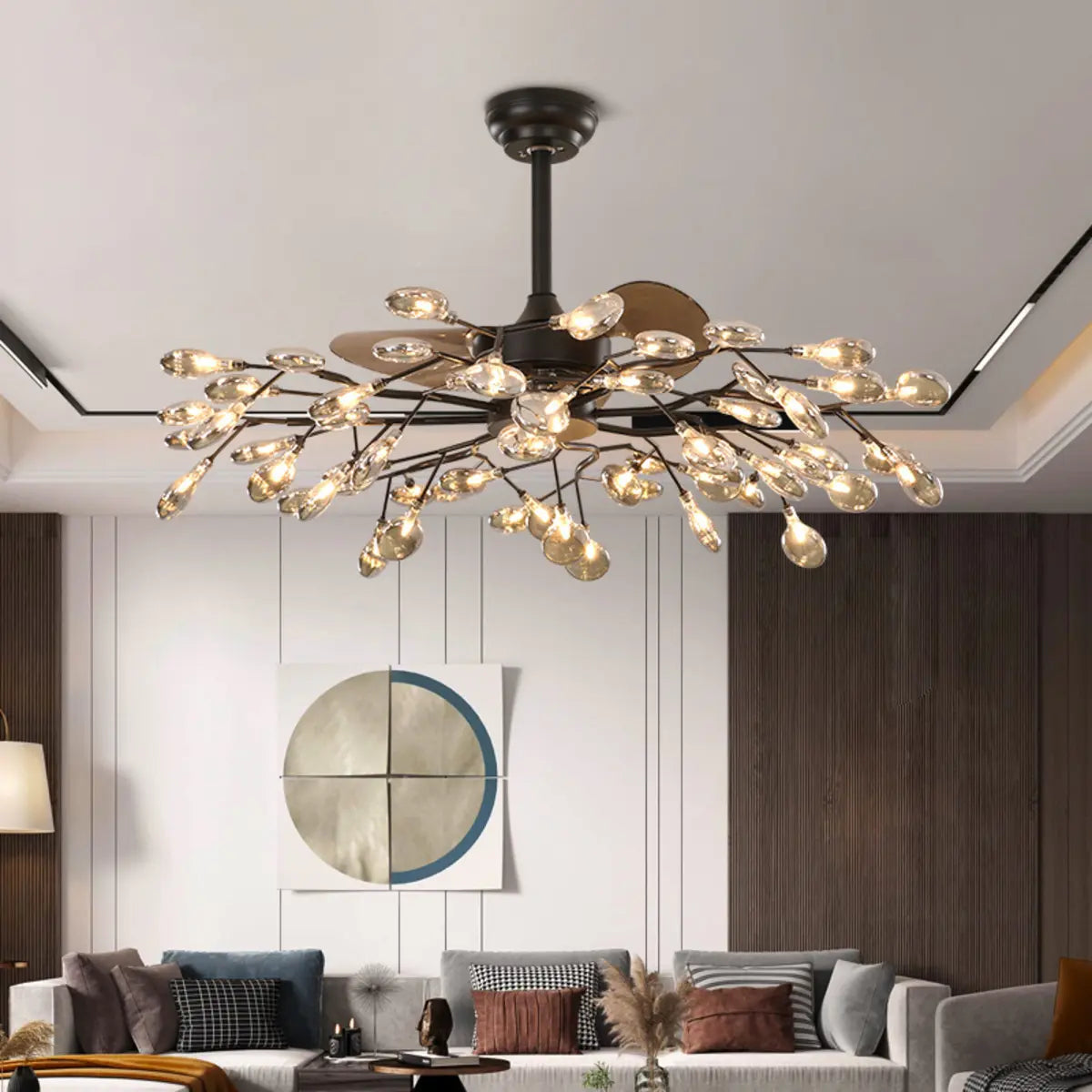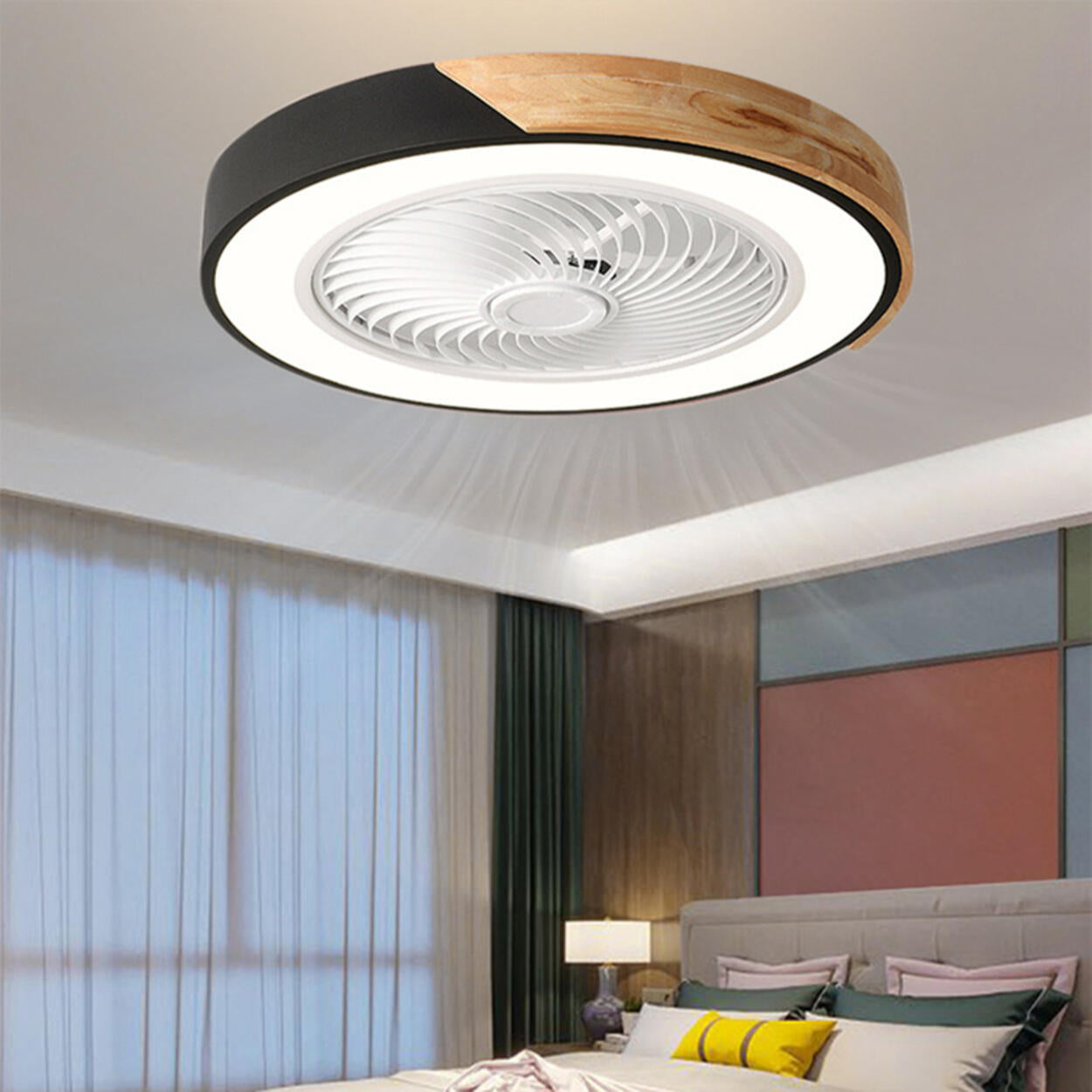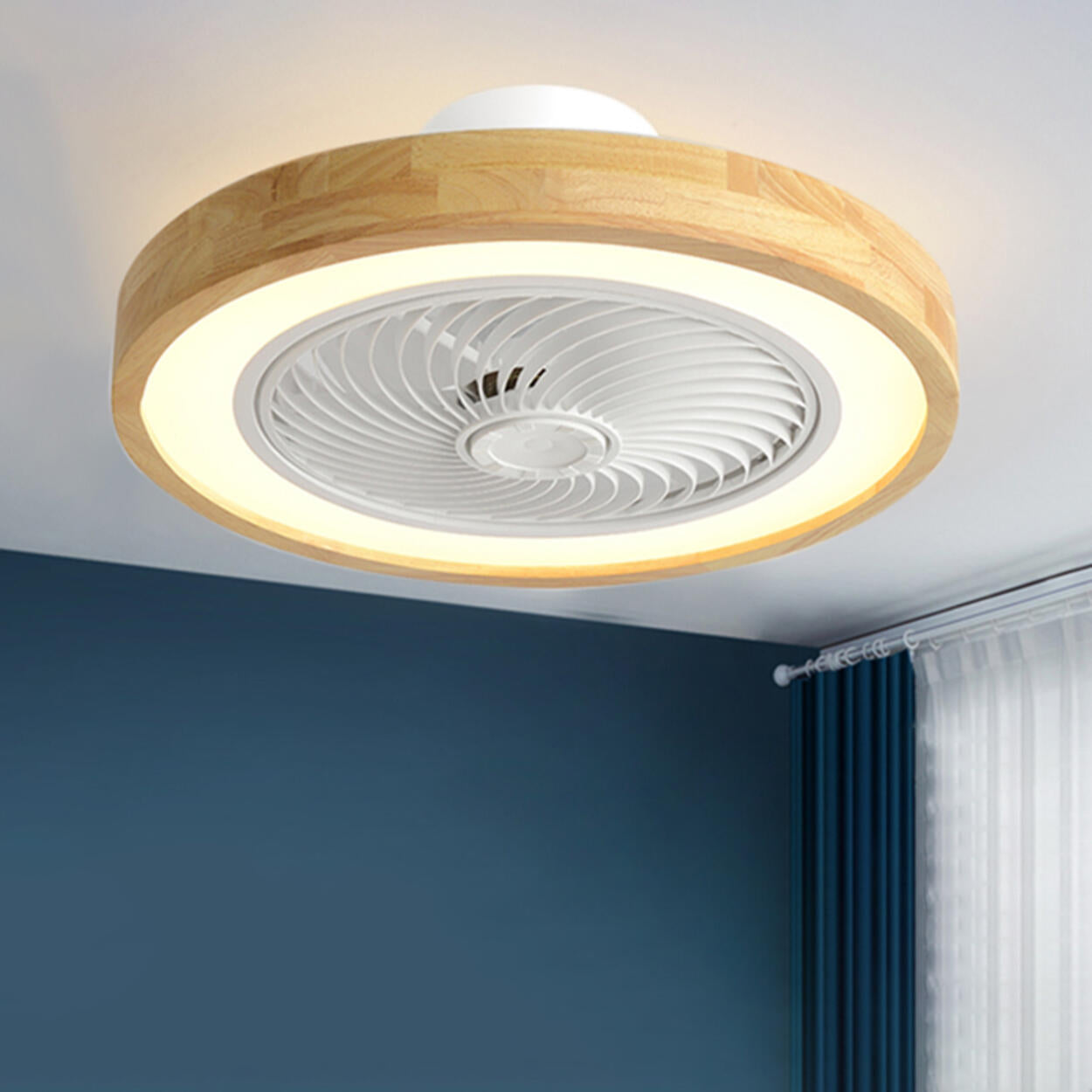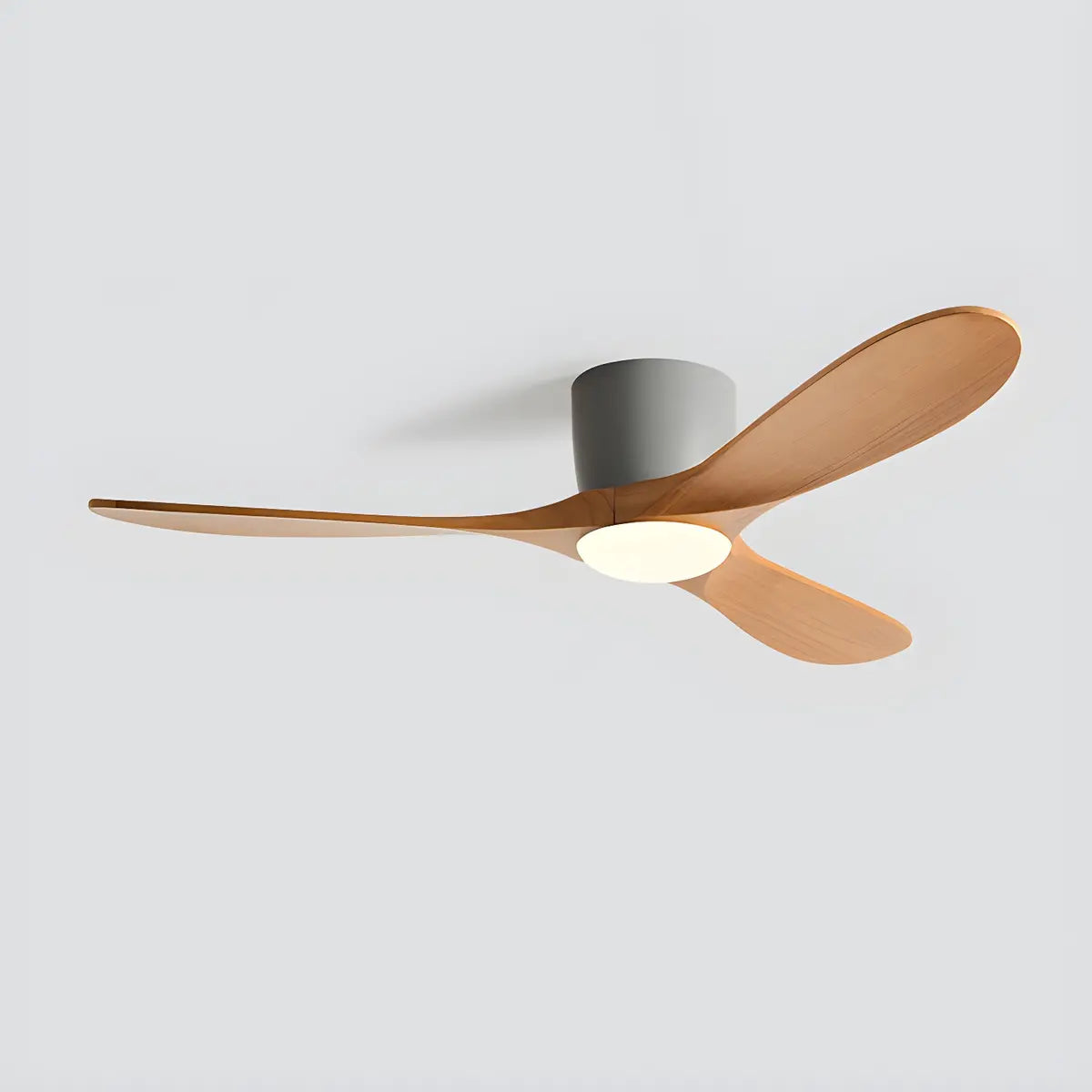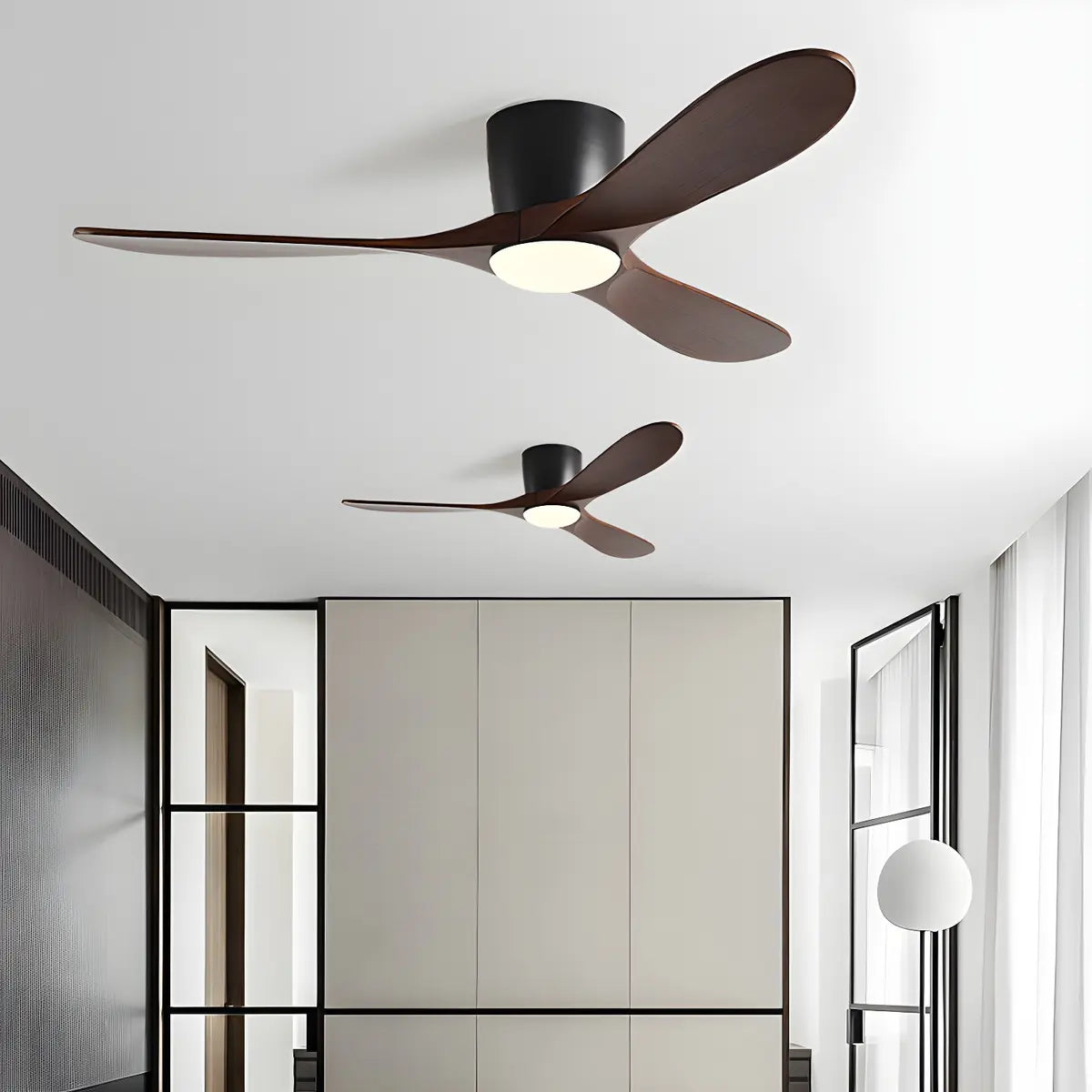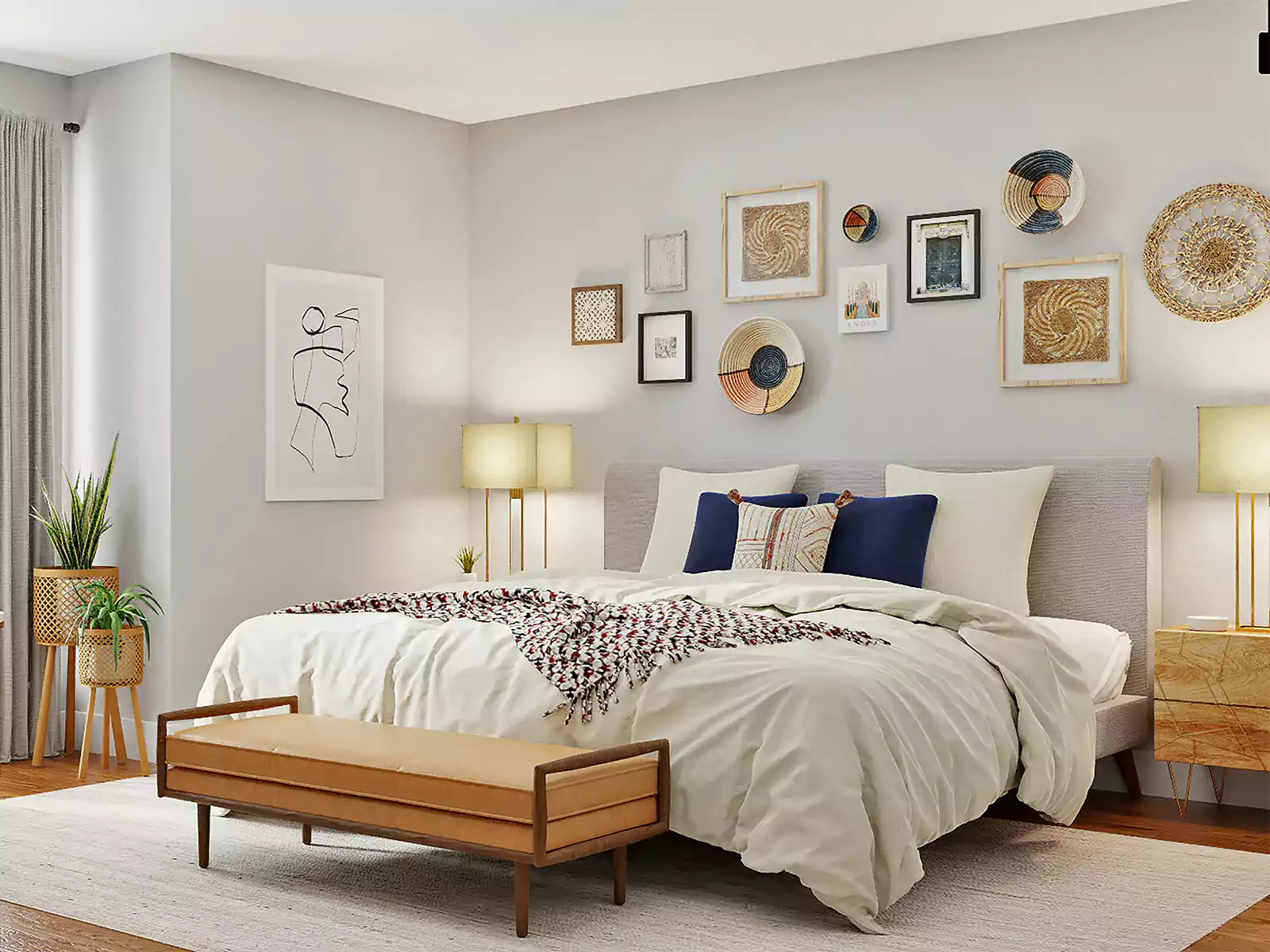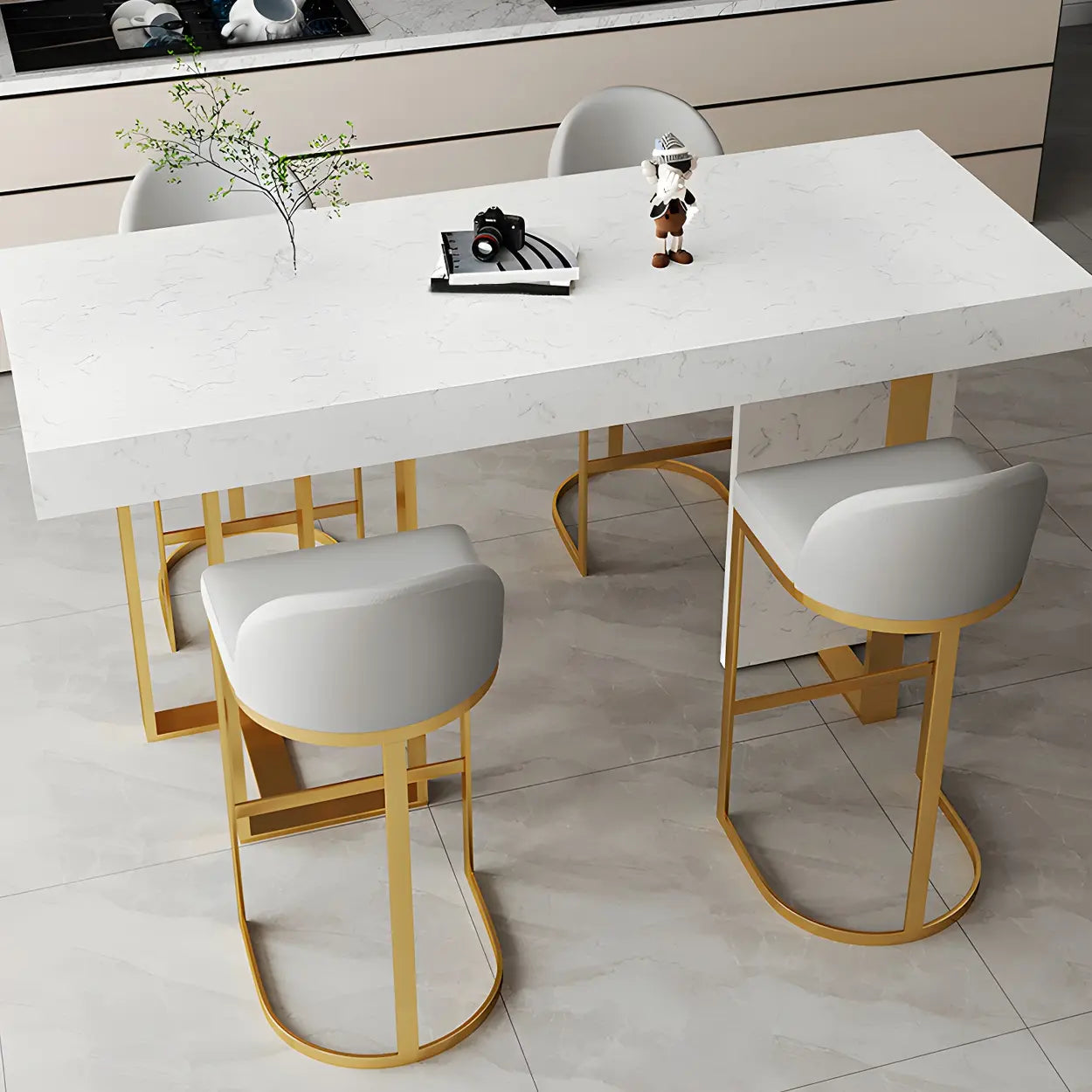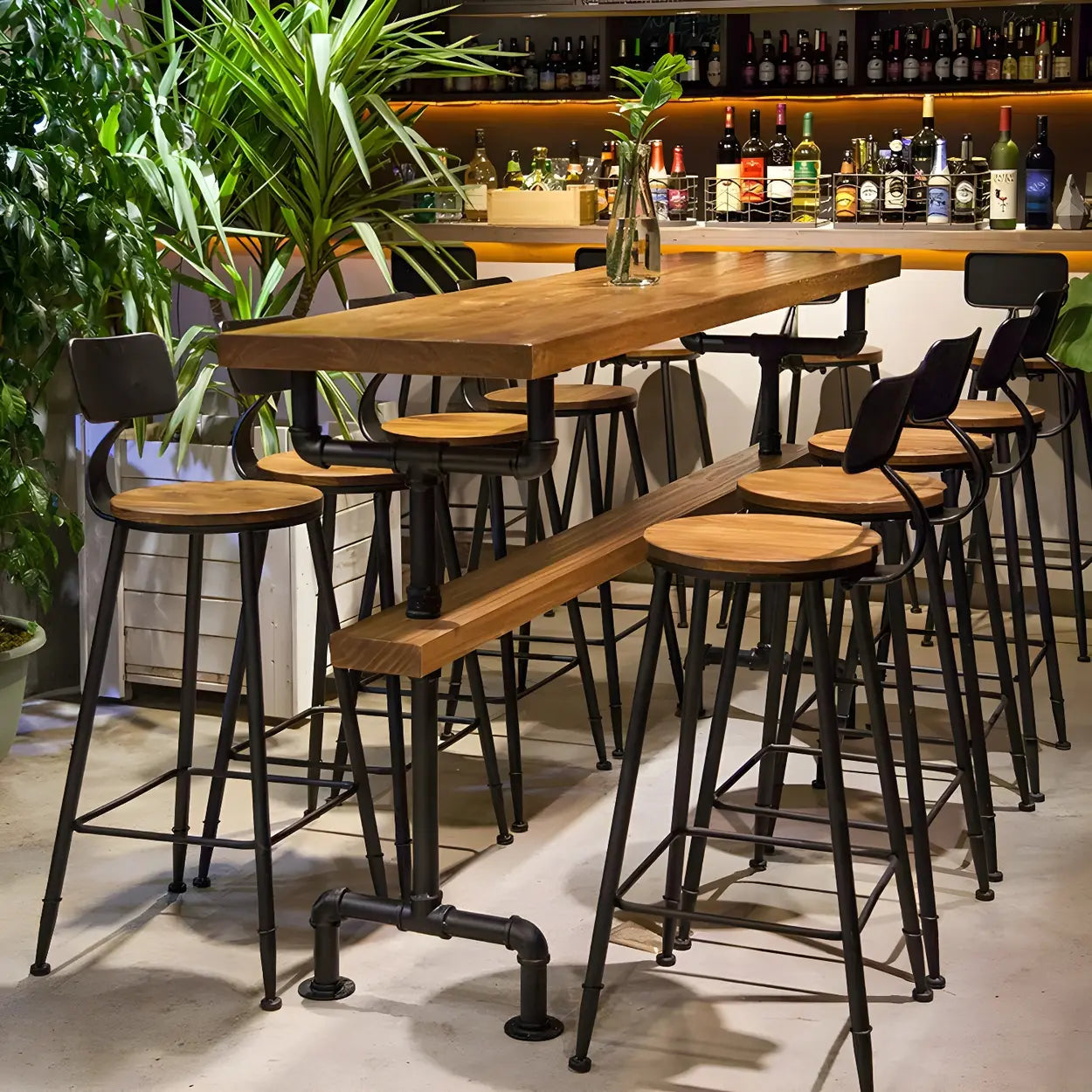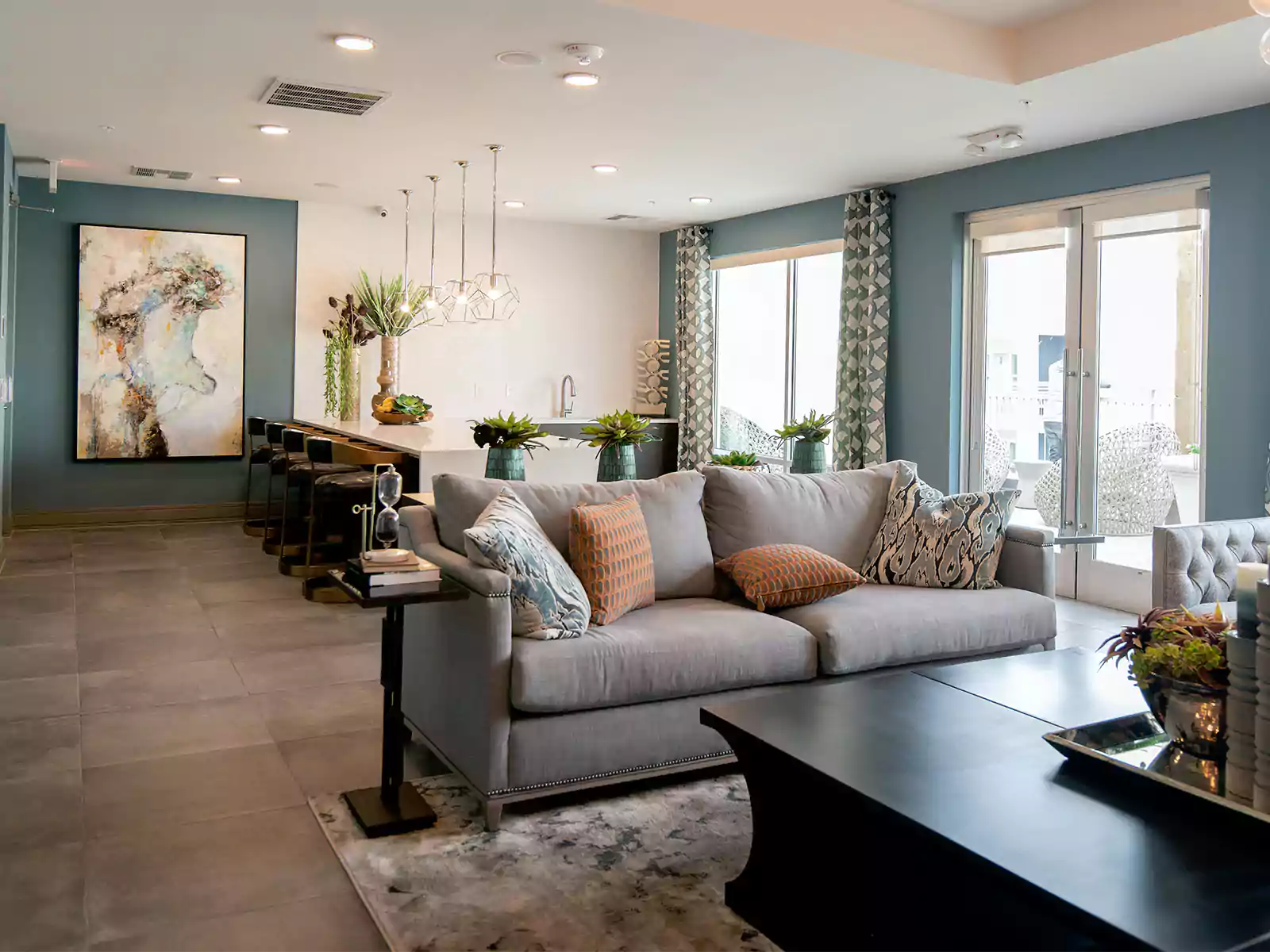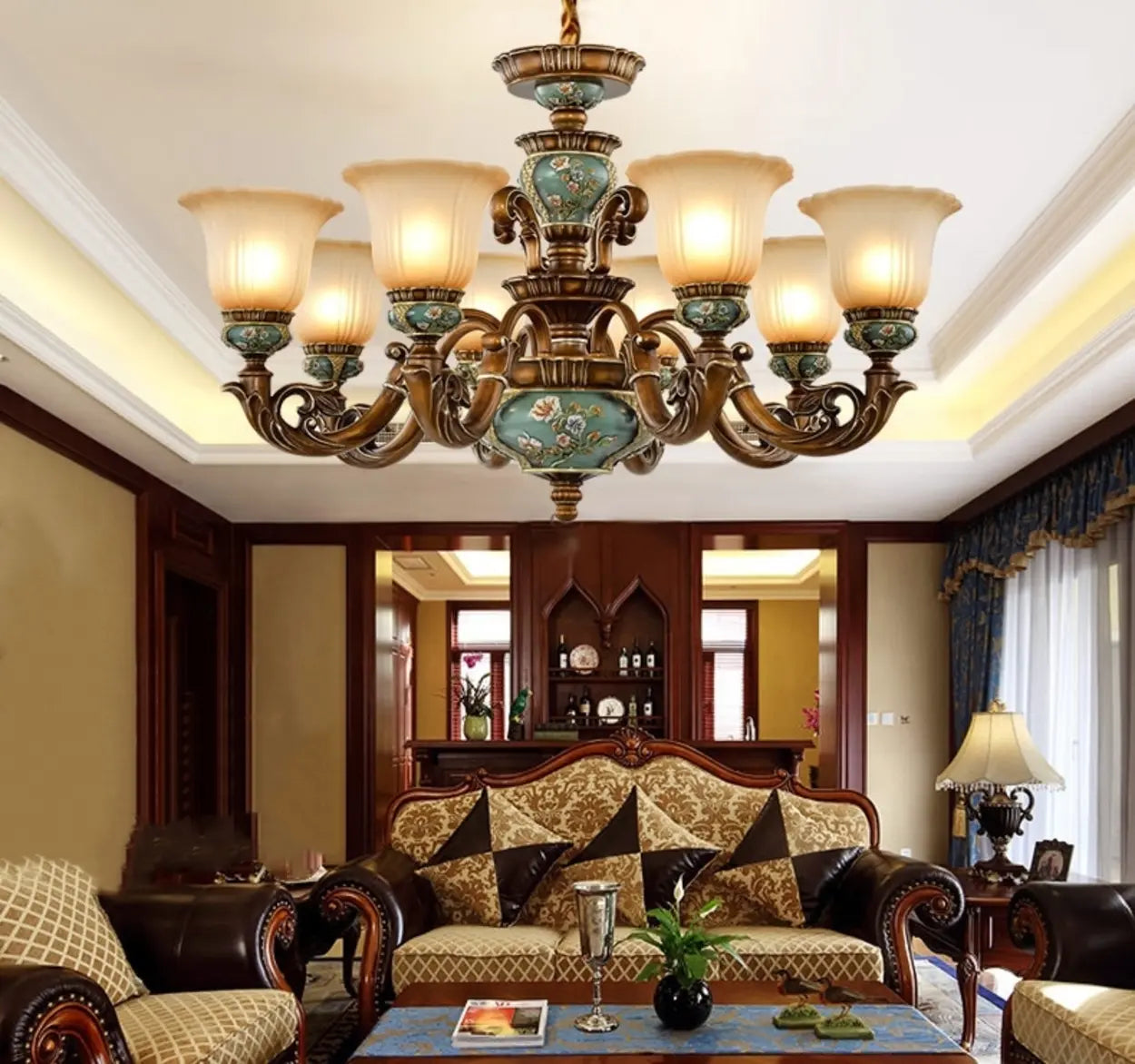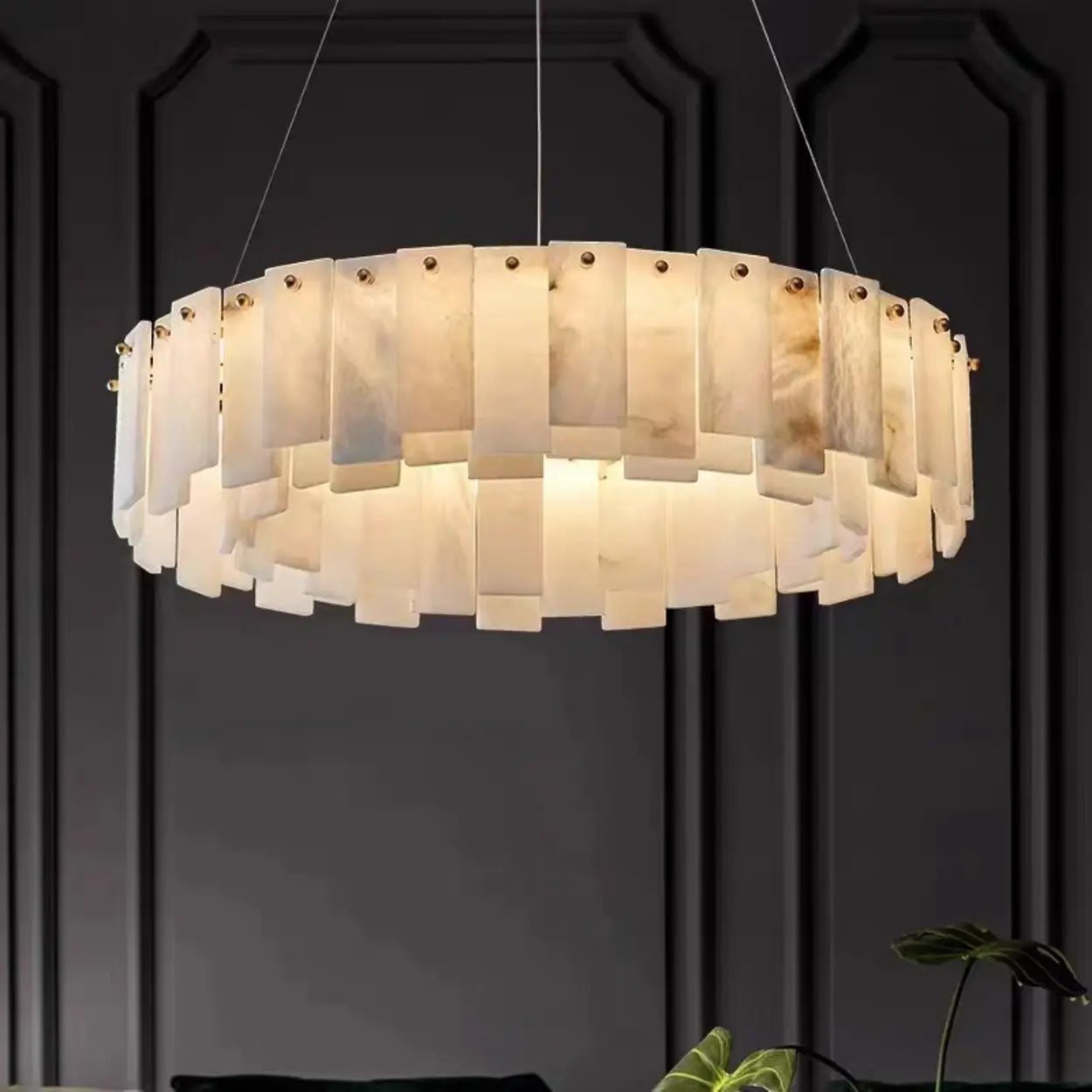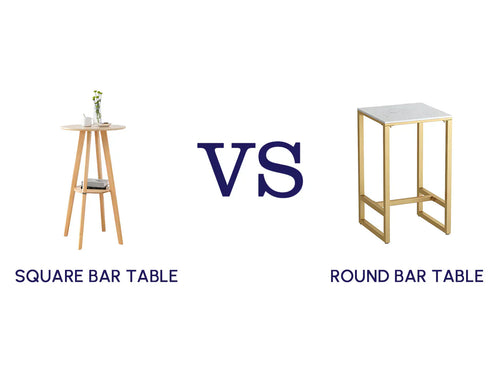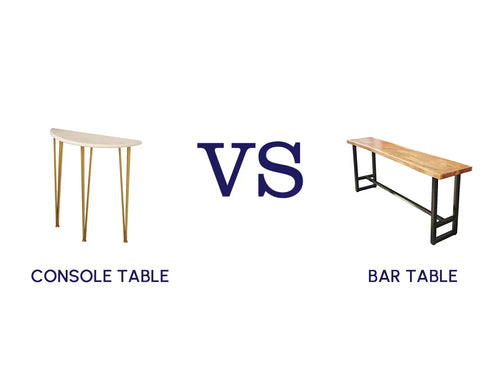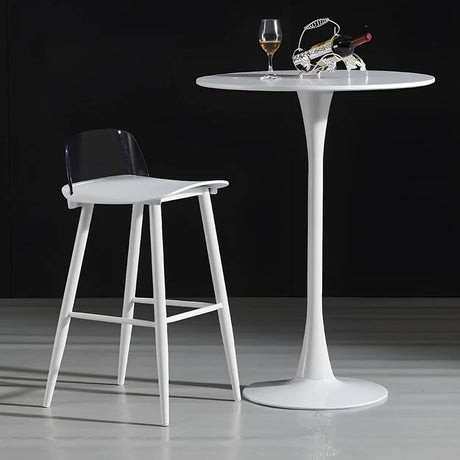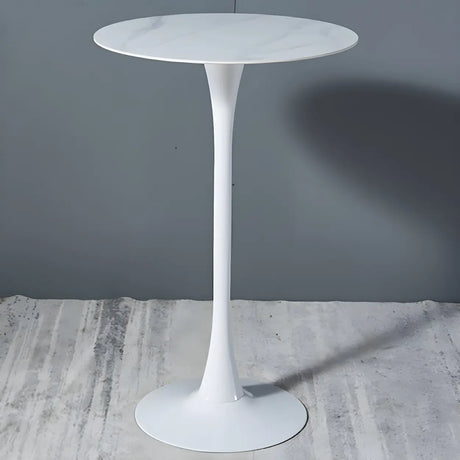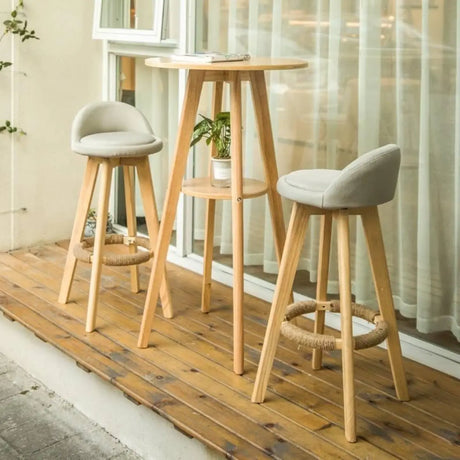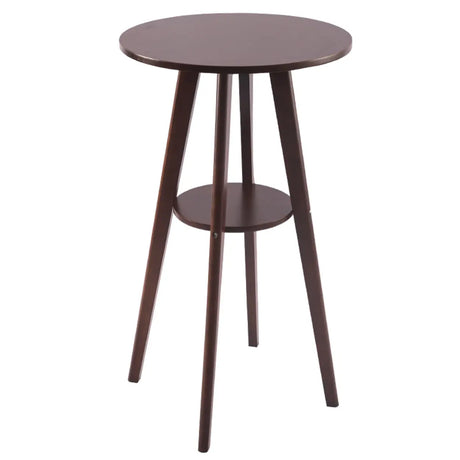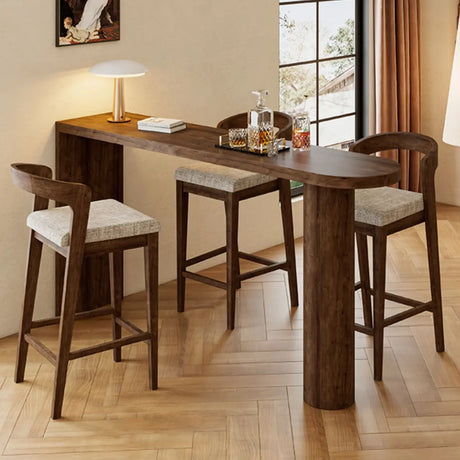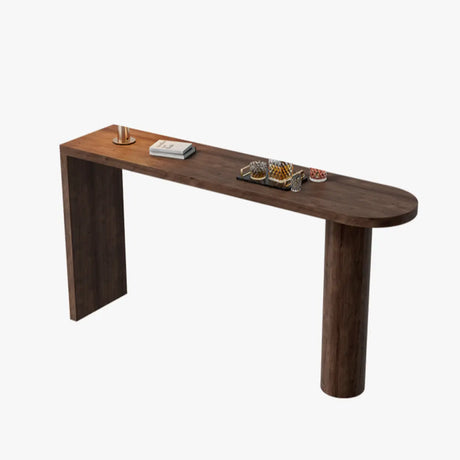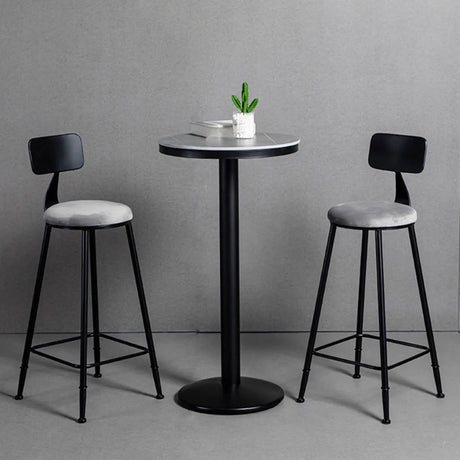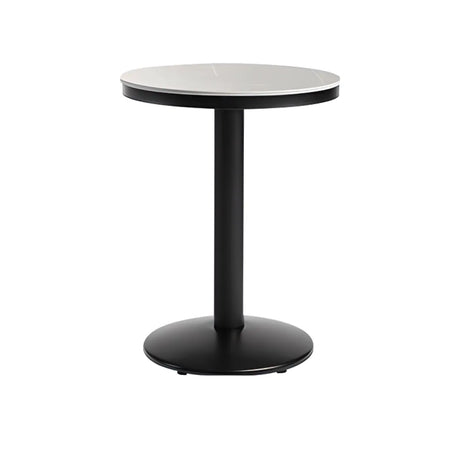In the hospitality industry, your tables are far more than just surfaces for food and drinks-they directly define your atmosphere and operational efficiency. Whether you are opening a new location or refurbishing an existing one, you will confront the dilemma of which table type to use.
It is crucial to understand the unique characteristics of each table type to deliver the optimal customer experience. In this article, we will thoroughly walk through the details of the "Bistro Table vs Pub Table" battle, guiding you in making informed decisions tailored to your unique operational needs.
Table of Contents
What is a Bistro Table Used For?

A bistro table is designed to create an intimate dining experience. Its compact size makes it perfect for seating couples or single patrons, fostering a cozy and personal atmosphere.
Ideal environments for bistro tables include:
- Cafes and coffee shops
- Bakery seating areas
- Restaurant patios
- Intimate corners within a larger dining room
What is a Pub Table Used For?

In contrast, the pub table serves a more lively and social purpose. Their elevated design makes them incredibly adaptable for busy spaces, enabling patrons to stand and congregate or comfortably sit on barstools. They are perfect for serving drinks, appetizers, and light fare, encouraging a fluid, standing-room-friendly social scene.
Pub tables are best suited for:
- Bars and breweries
- Lounge areas
- Casual eateries
- Waiting areas in bustling restaurants
Bistro Table vs Pub Table: Key Differences

Beyond their basic definitions, bistro and pub tables have fundamental differences that impact everything from ambiance to customer flow. Understanding these differences is the key to selecting tables that not only look great but also enhance your operational success.
Table size
Height is the key distinguishing factor. A bistro table uses a standard dining height (28-30"), creating an intimate setting that is ideal for longer meals. In contrast, a pub table has a taller bar height (40-42"). This fosters a social, high-energy vibe better suited for drinks and faster turnover.
However, be aware that retailers often use terms like 'bistro', 'bar', and 'pub' interchangeably. The product name can be unreliable. Always check the exact measurements to ensure the table will match your chairs and create the specific atmosphere you need.
Intended use
Bistro tables support a full-service dining model. They are ideal for complete menus and encourage a leisurely, relaxed pace. The primary business goal is to maximize the average check size per table.
In contrast, pub tables are built for a high-traffic, high-volume model. Their focus is on speed and customer flow, suiting venues with drinks, appetizers, and counter service. Here, the main goal is to maximize guest turnover, especially during peak hours.
Seating capacity
Bistro tables typically seat two to four guests. Their compact size is ideal for intimate gatherings, such as couples or small business meetings.
Pub tables often seat two to six guests but offer greater flexibility. Their height allows standing guests to easily join a seated group, making them perfect for larger, fluid social gatherings.
Space requirements
Table types differ substantially in the allocation of floor area.
Bistro tables require a larger total footprint on your floor. This is because of the space needed for standard chairs and comfortable walkways for staff and patrons.
Pub tables use less floor space per guest due to their vertical design and the smaller footprint of bar stools. However, they function best in rooms with higher ceilings to avoid a crowded feeling.
Style and aesthetics
Bistro tables often feature elegant and classic designs. Materials like marble, wood, and wrought iron help create a traditional European or upscale feel. They are perfect for businesses aiming for a romantic or sophisticated ambiance.
Pub tables typically have a rustic, industrial, or casual style. They often use solid wood, metal frames, or reclaimed materials. This makes them a natural fit for breweries, themed bars, and casual eateries.
Comparison Table
| Category | Bistro Table | Pub Table |
| Table Size | 28-30" high, standard chairs | 40-42" high, bar stools |
| Intended Use | Formal dining, longer visits | Casual, quick turnover |
| Seating Capacity | 2-4 guests | 2-6 guests, plus standing |
| Space Requirements | More chair clearance, ADA- friendly | Less floor space, needs higher ceilings |
| Style & Aesthetics | Elegant, café look (marble, wood, iron) | Rustic/industrial (wood, metal) |
Which Table is Right for You?
Your business model, customer experience objectives, and available space should all play a role in the decision. If your focus is formal or semi-formal dining with a relaxed pace, bistro tables will suit your needs. If you want to encourage social interaction, faster customer turnover, or a lively bar atmosphere, pub tables are the better option. Mixed strategies are effective for businesses with a range of client needs. Restaurants can place pub tables in waiting areas or bar sections and use bistro tables in the main dining areas.
Conclusion
Ultimately, knowing your business needs and customers' expectations will help you solve the ongoing issue of Bistro Table vs Pub Table. When choosing furniture, it's important to look past marketing jargon and concentrate on the real specifications and intended use. Putting function before form, smart business owners select tables that boost operational efficiency and promote happy customers.
FAQ
What is the main difference between a bistro table and a pub table?
What is the main difference between a bistro table and a pub table?
The main difference is their intended use and traditional height. Bistro tables are 28-30 inches tall for private dinners, while pub tables are 40-42 inches tall for drinking and socializing.
How tall is a typical bistro table compared to a pub table?
How tall is a typical bistro table compared to a pub table?
The average bistro table is 28–30 inches tall, whereas a pub table is 40–42 inches tall.
Which one is better for small spaces — bistro table or pub table?
Which one is better for small spaces — bistro table or pub table?
Bistro tables are better for tight dining spaces or patios, while pub tables work well in narrow but tall spaces, such as bar areas where standing guests are common.
Can a pub table be used as a dining table?
Can a pub table be used as a dining table?
Yes, a pub table can be used as a dining table, especially in casual or bar-style dining settings. However, it may not be as comfortable for long meals compared to standard-height tables.
What styles and materials are common for bistro tables vs pub tables?
What styles and materials are common for bistro tables vs pub tables?
Bistro tables often feature elegant designs with wrought iron, wood, or marble tops. Pub tables tend to be more rustic or industrial, using wood, metal, or a mix of both.
Where should you place a bistro table or a pub table in your home?
Where should you place a bistro table or a pub table in your home?
Bistro tables work well in kitchens, breakfast nooks, patios, and small dining rooms. Pub tables are ideal for entertainment rooms, home bars, or open-plan spaces designed for casual gatherings.

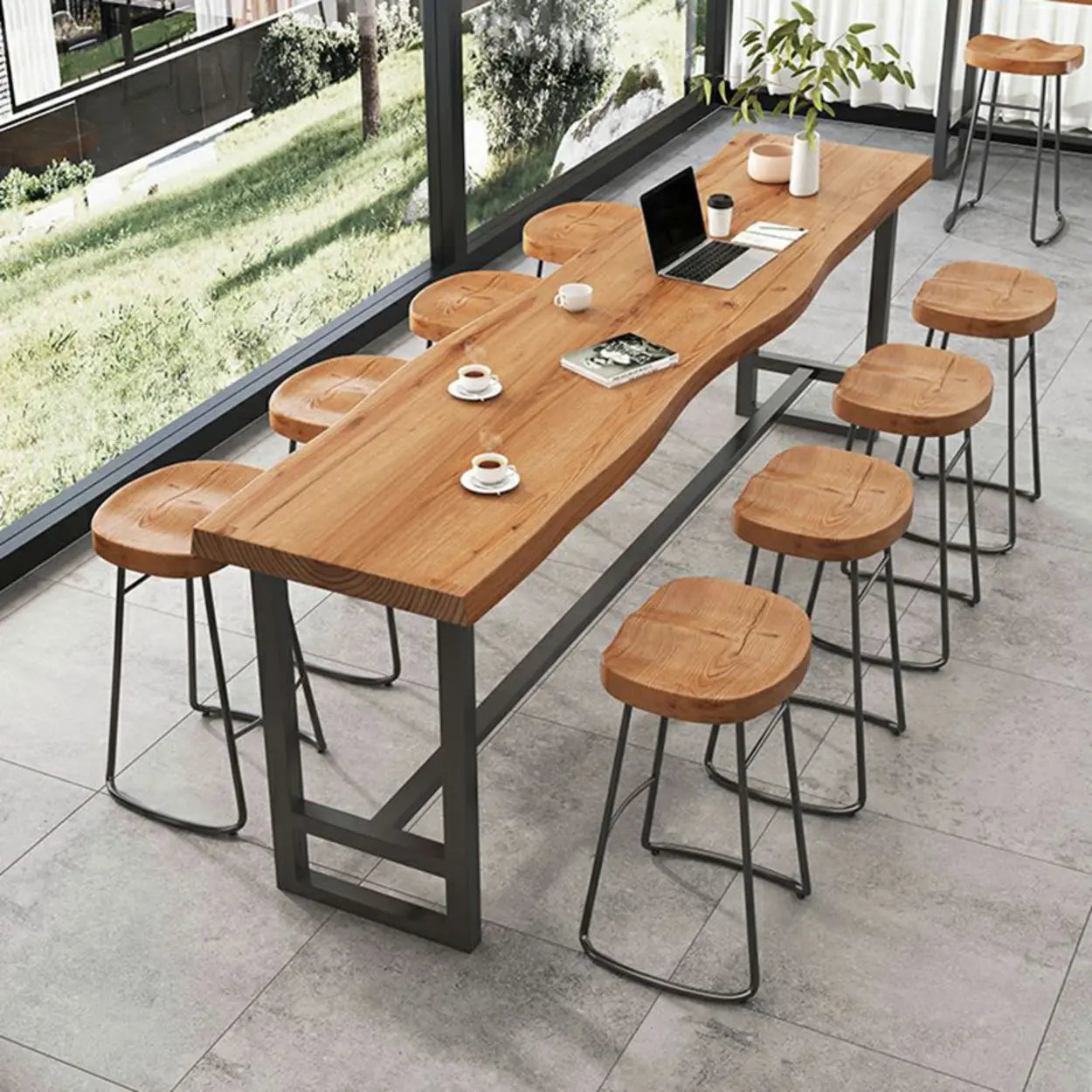
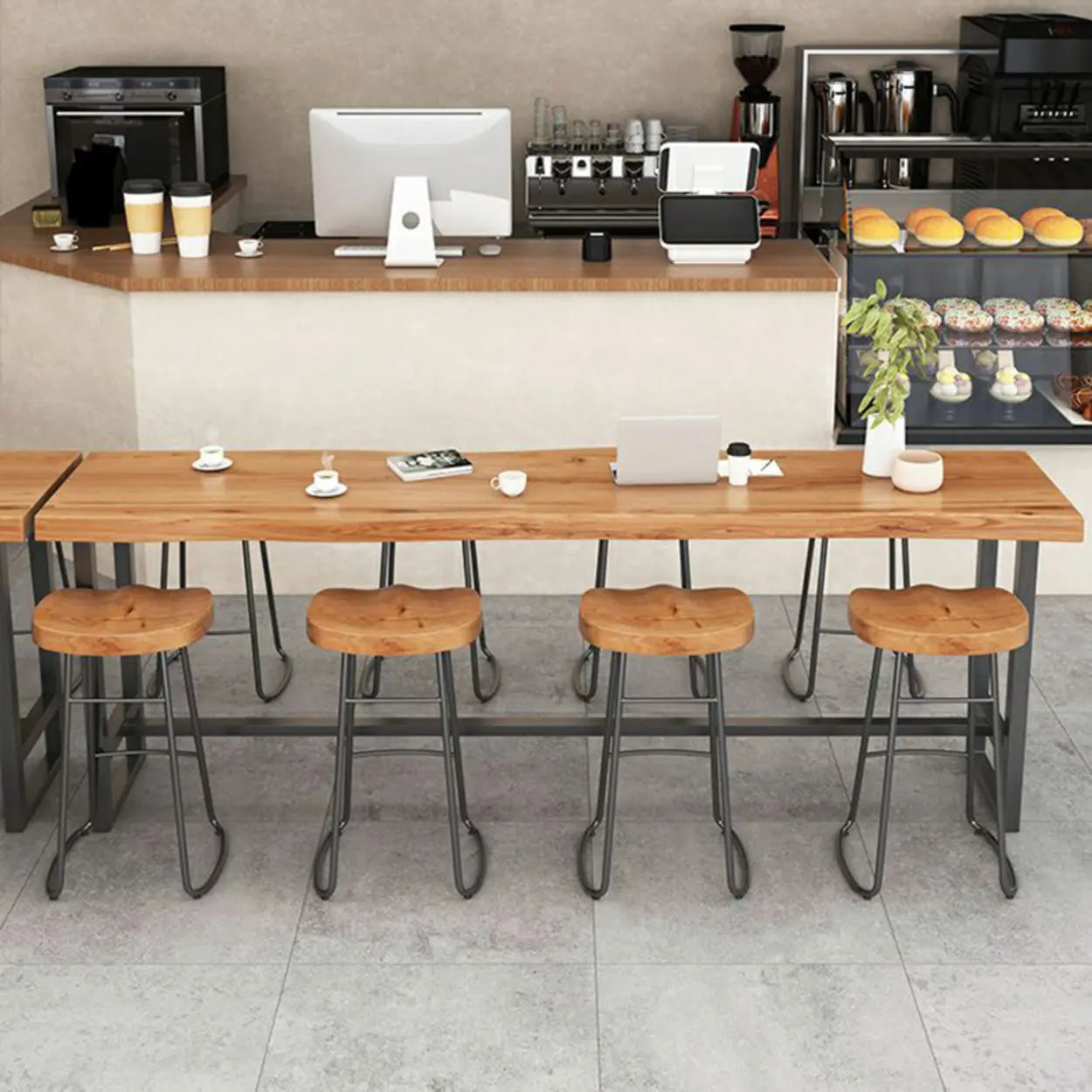
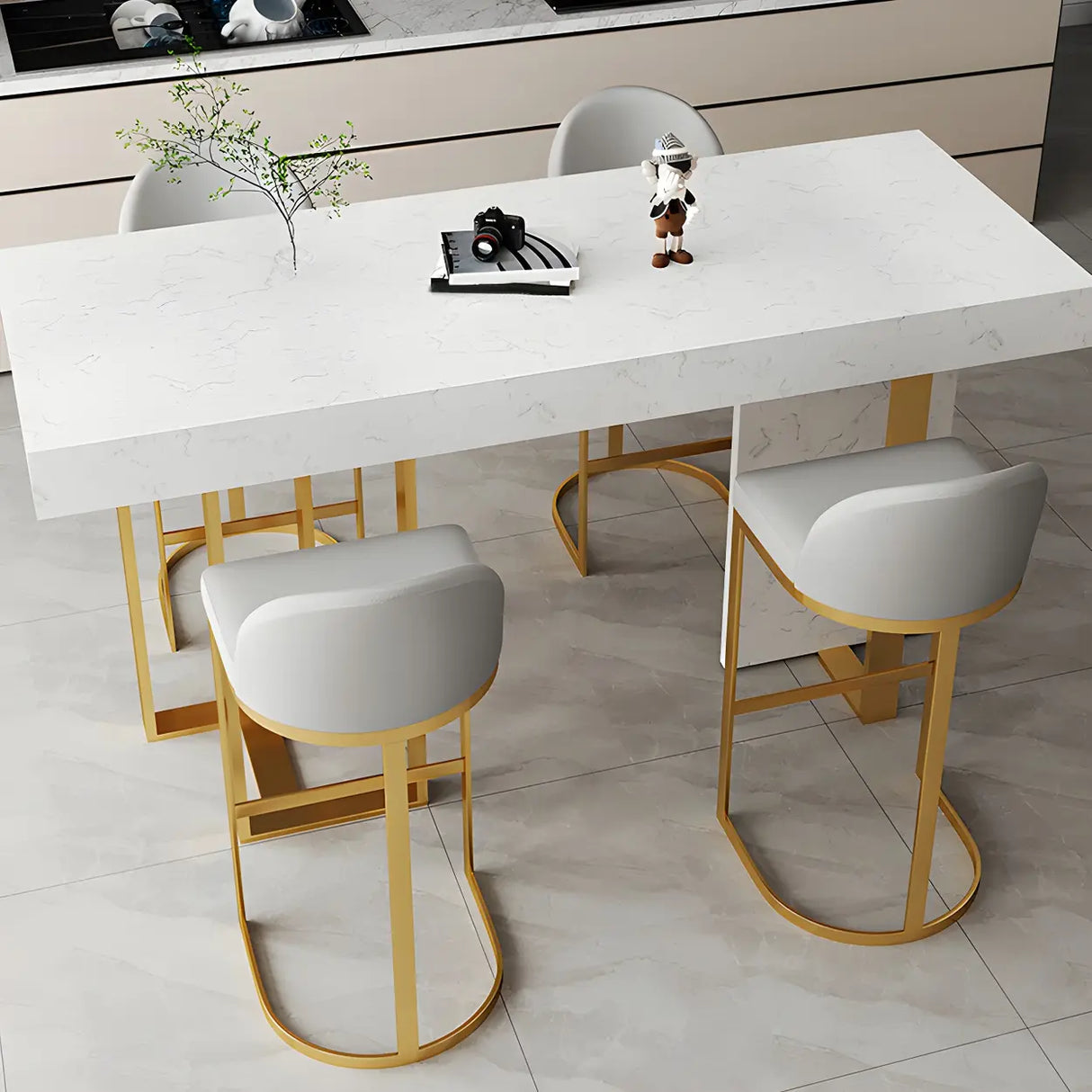
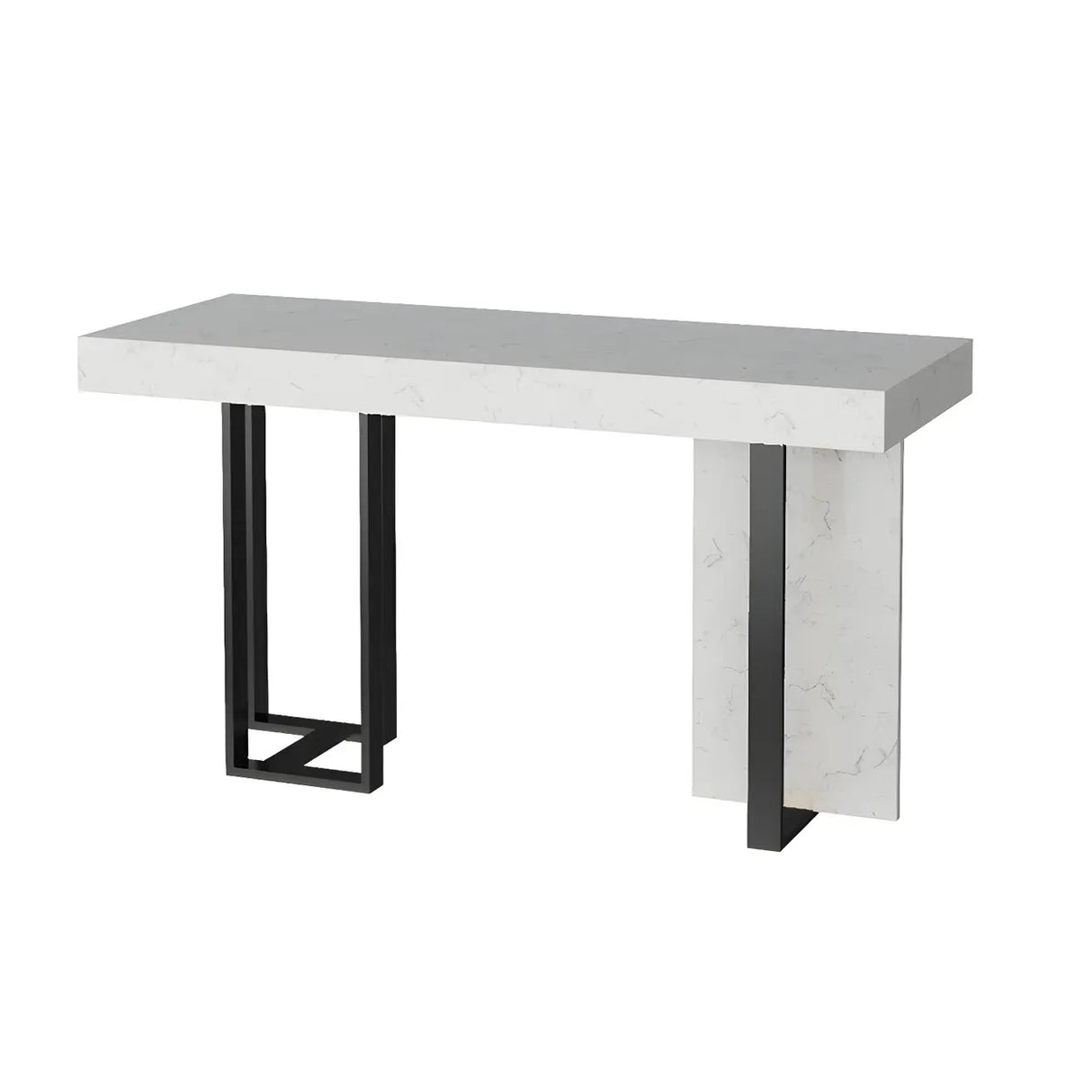
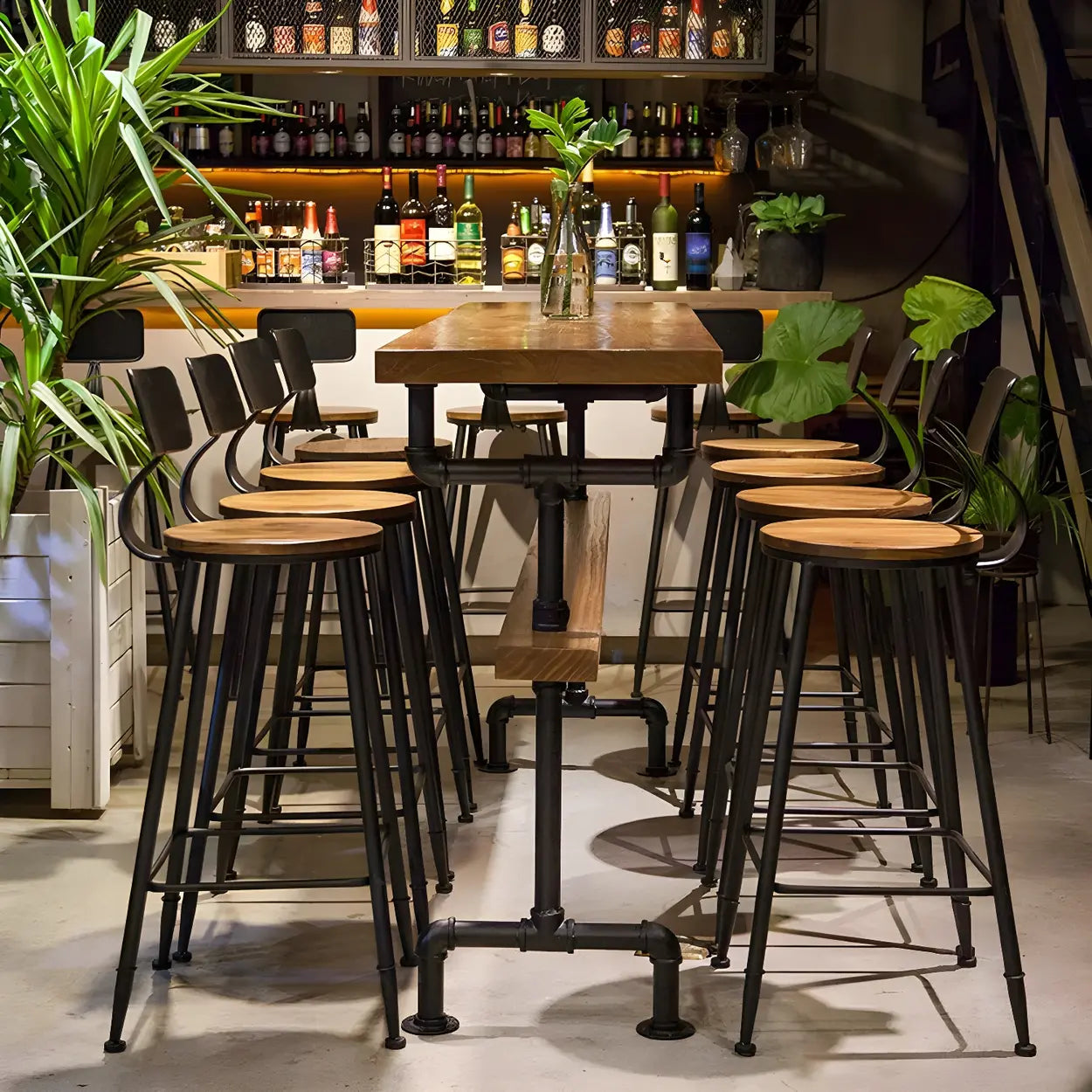
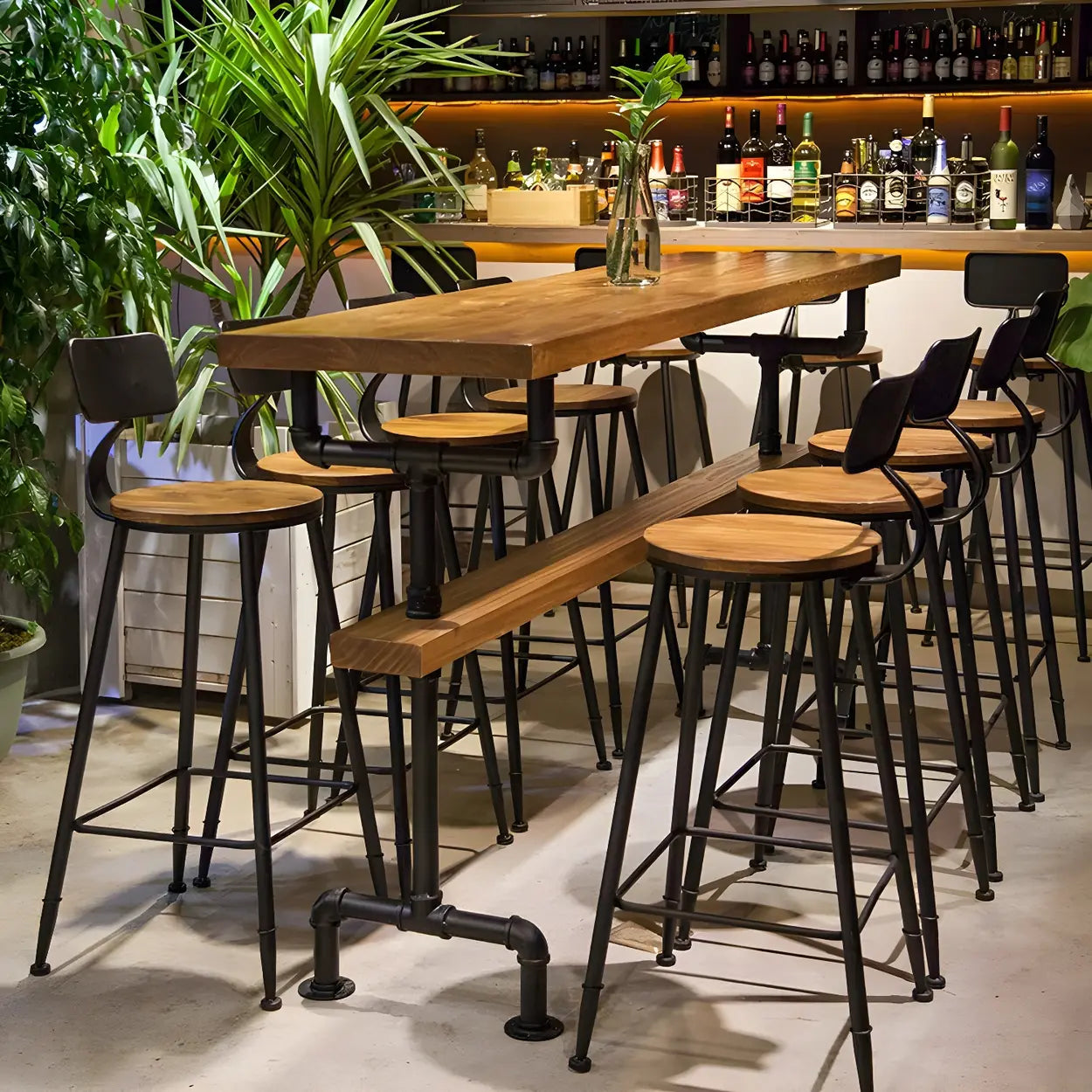
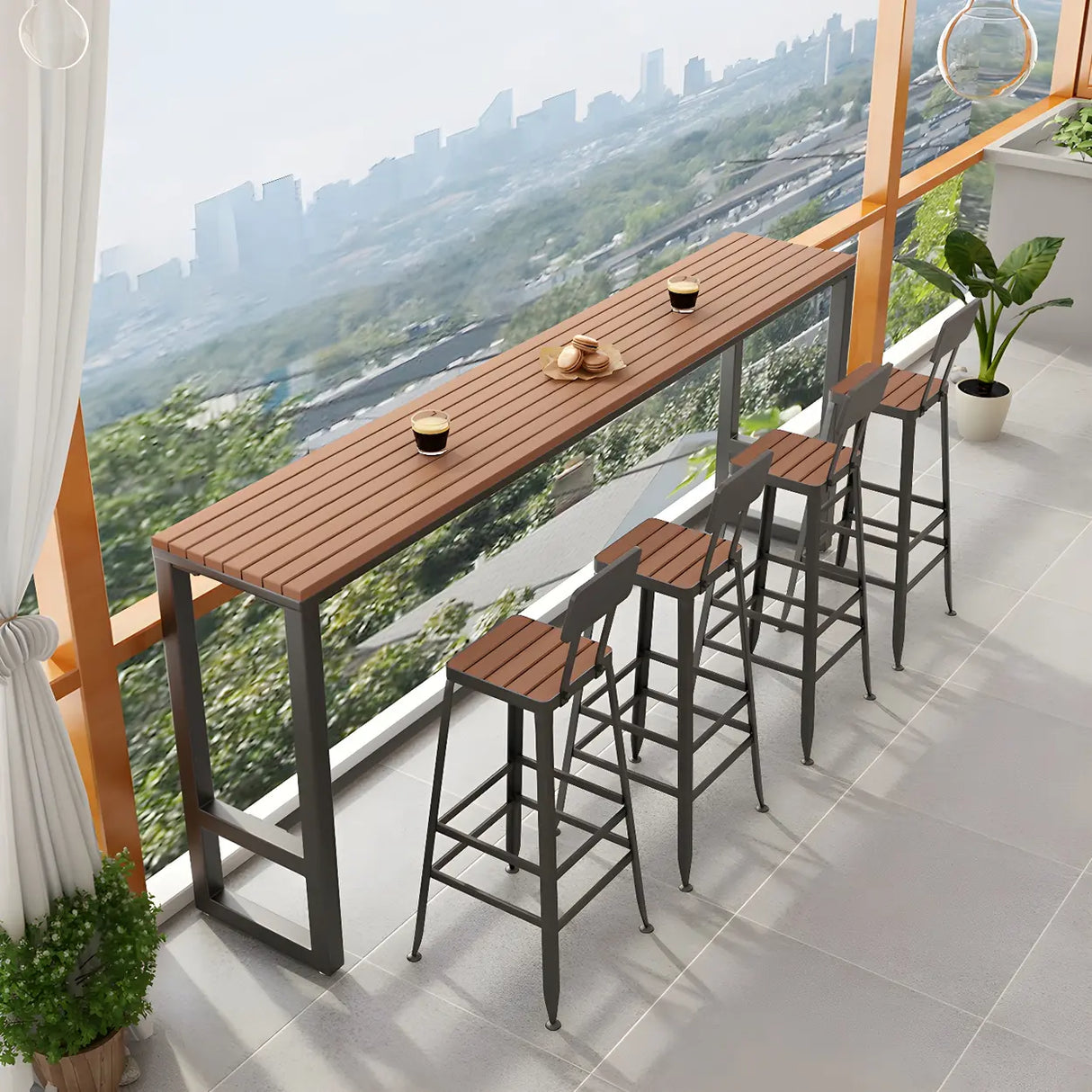
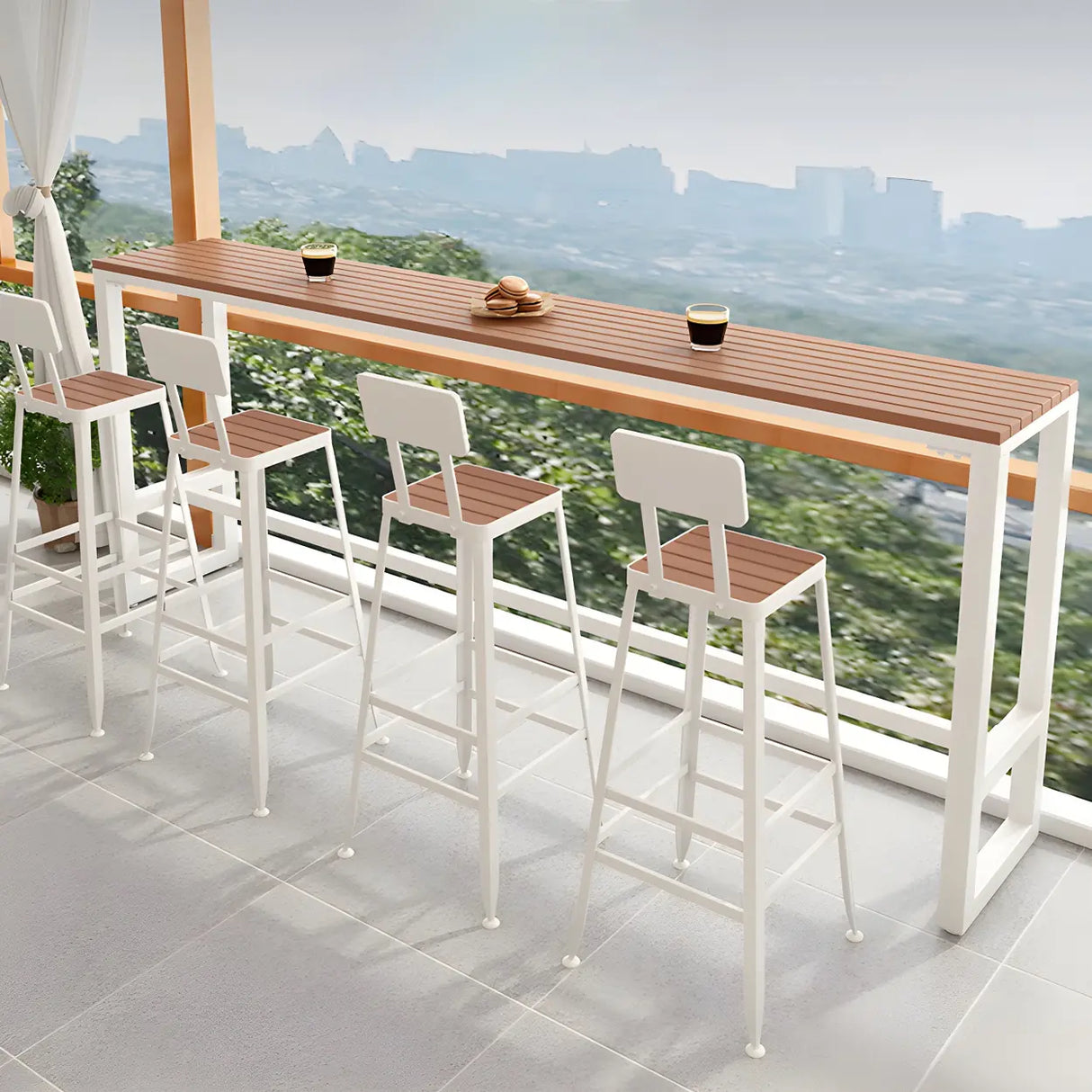
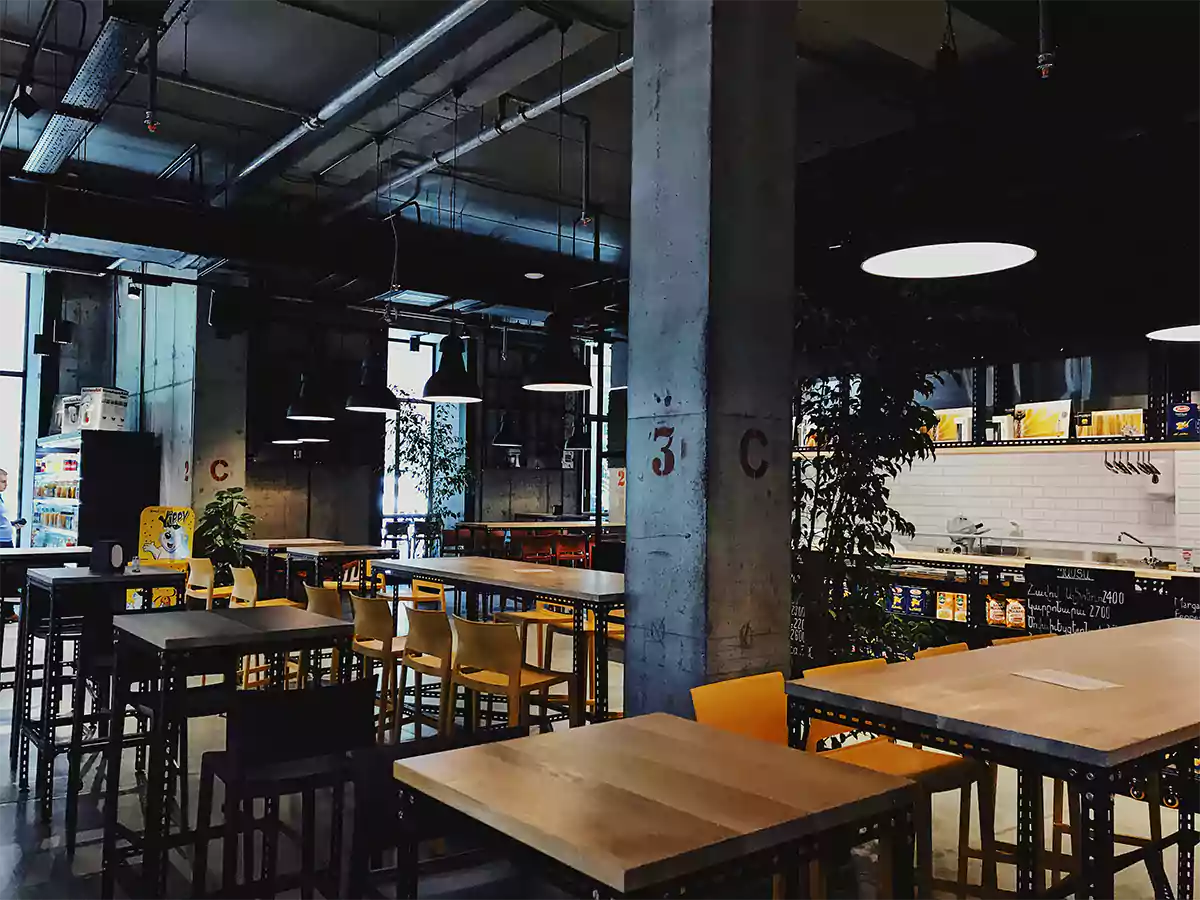
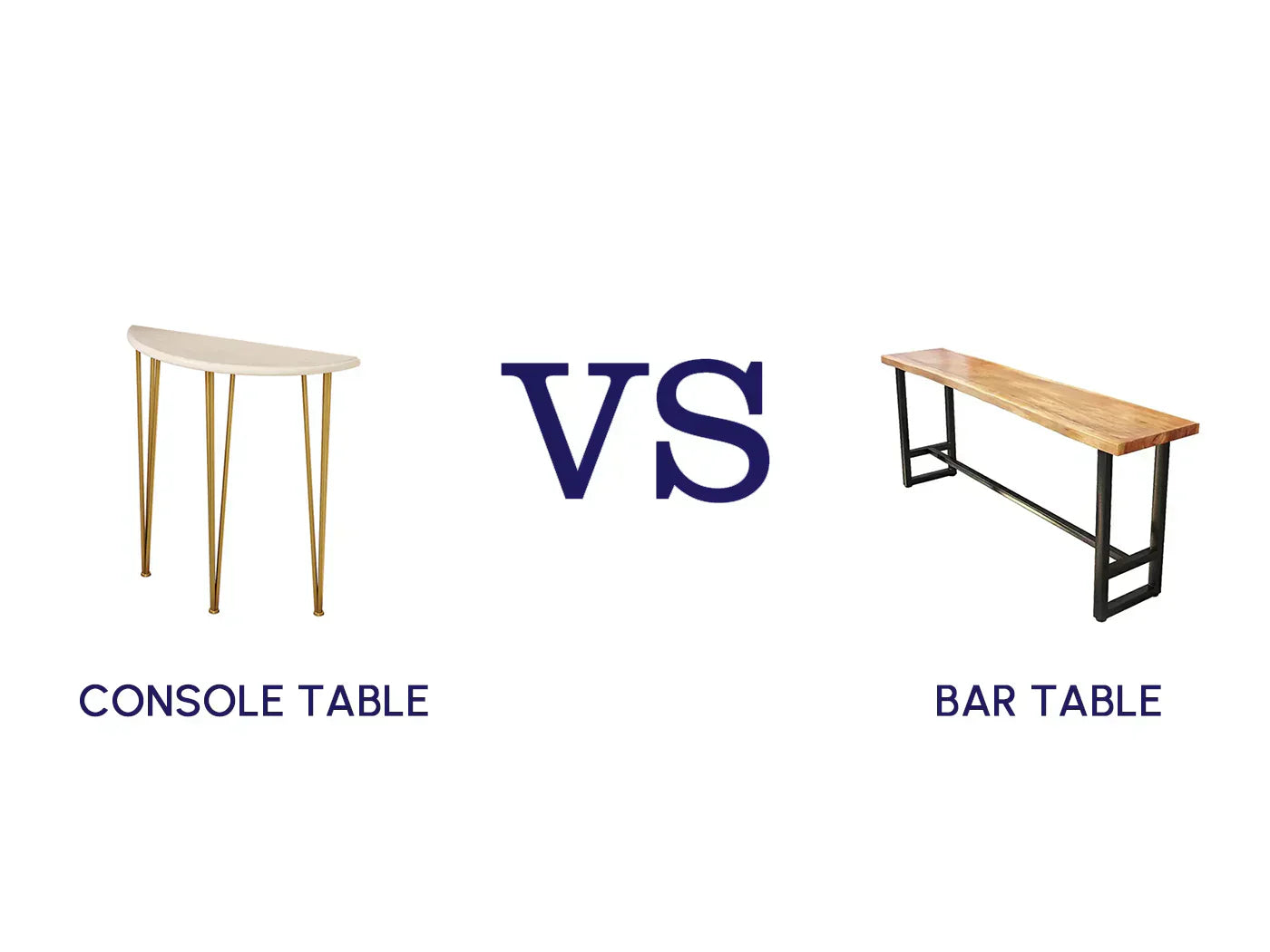
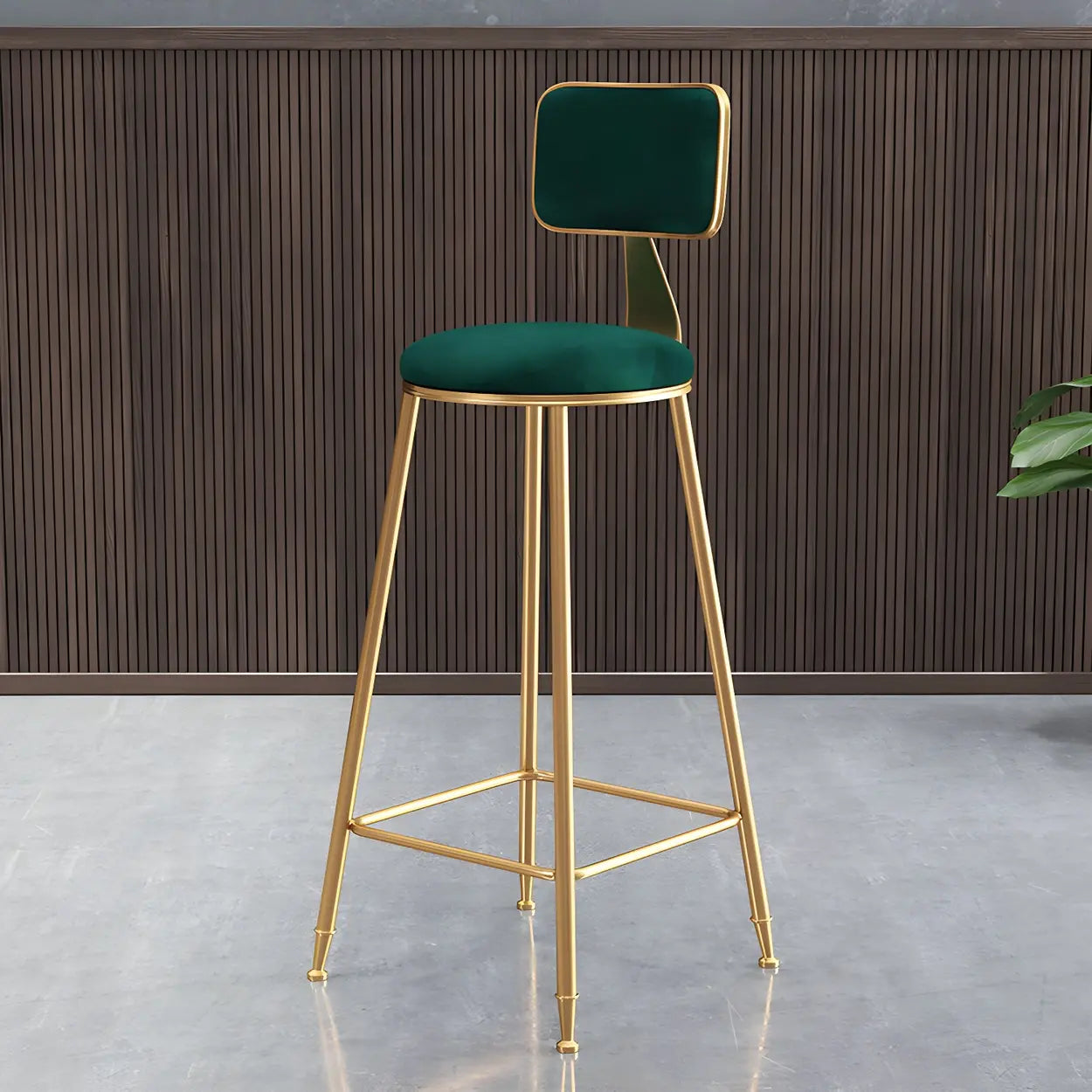
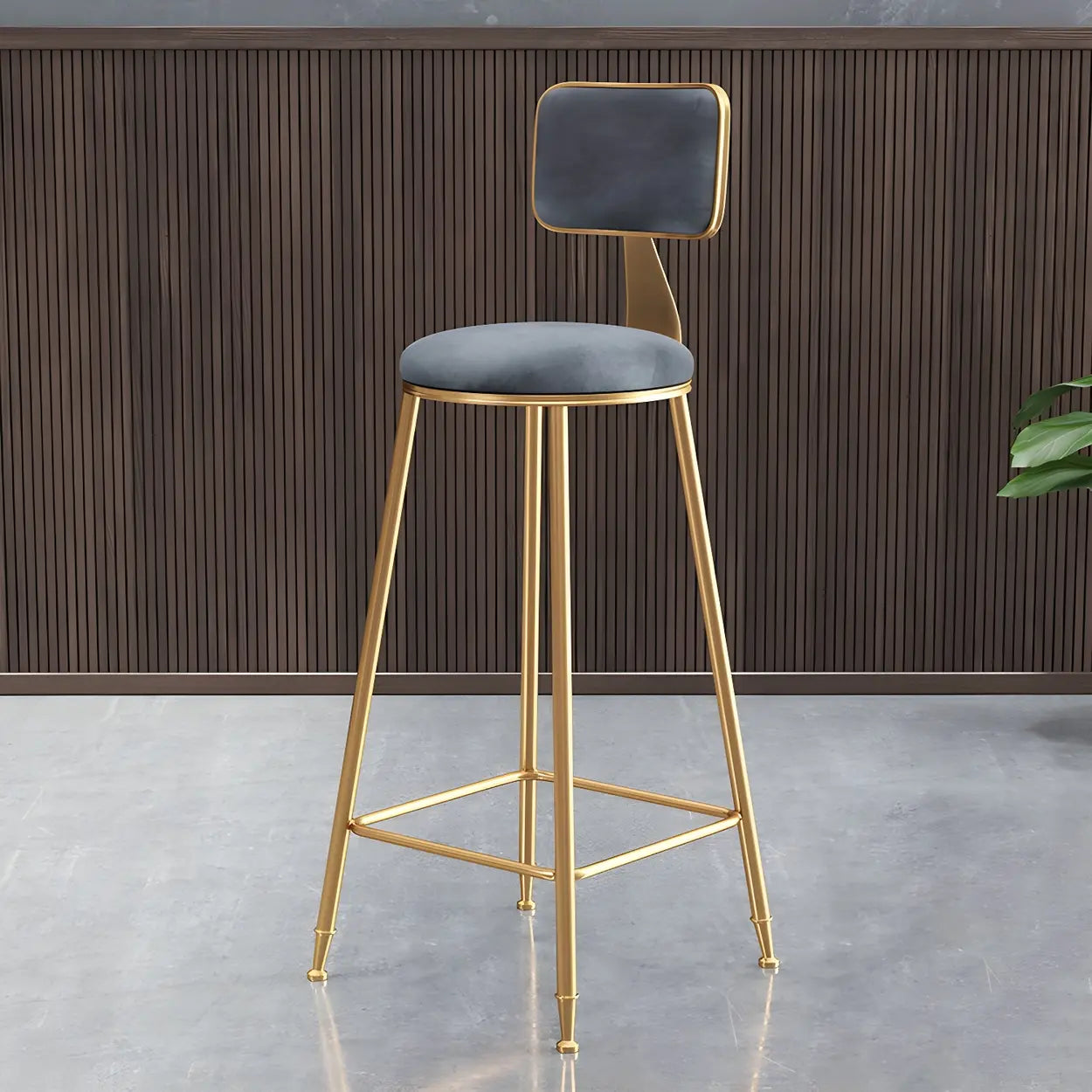
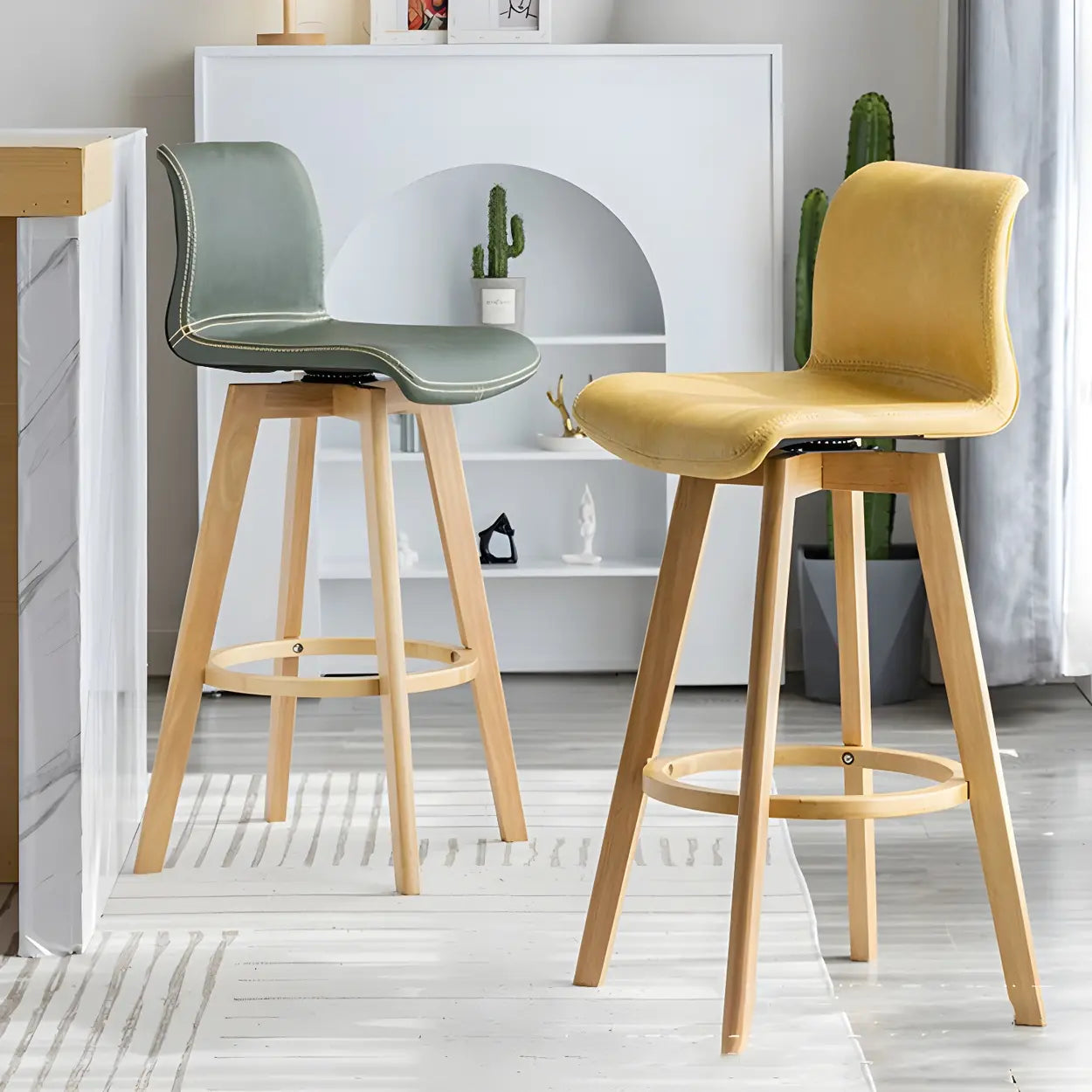
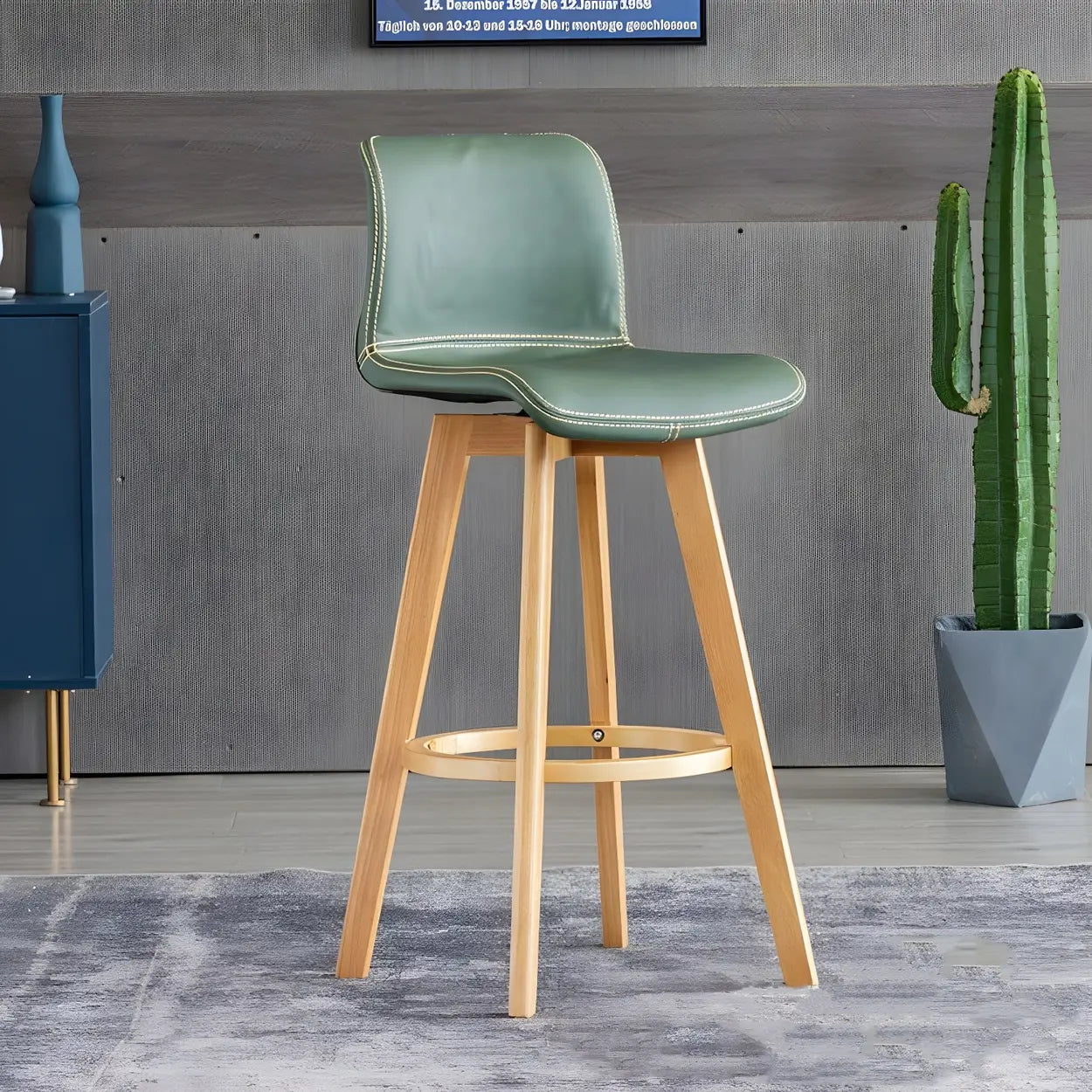
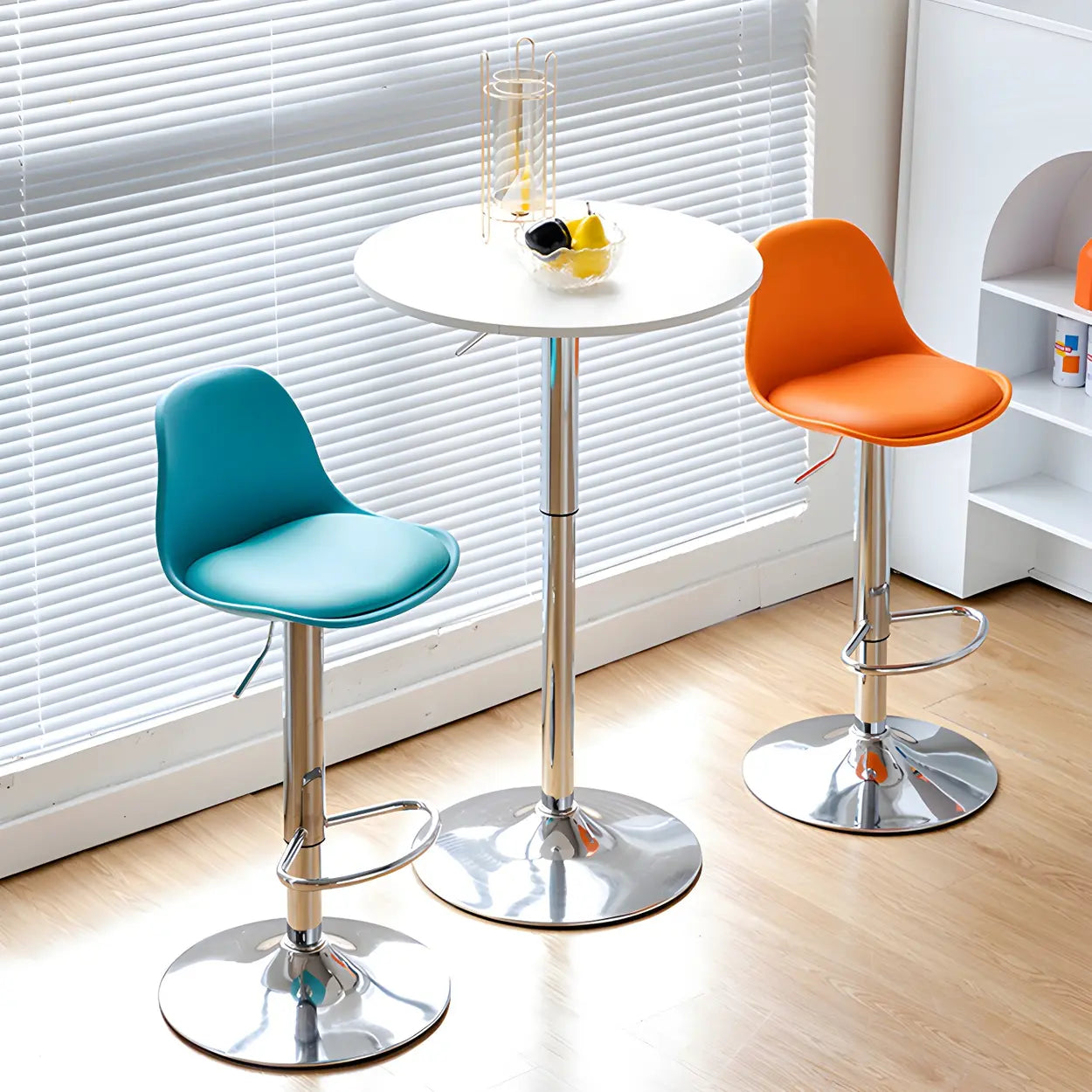
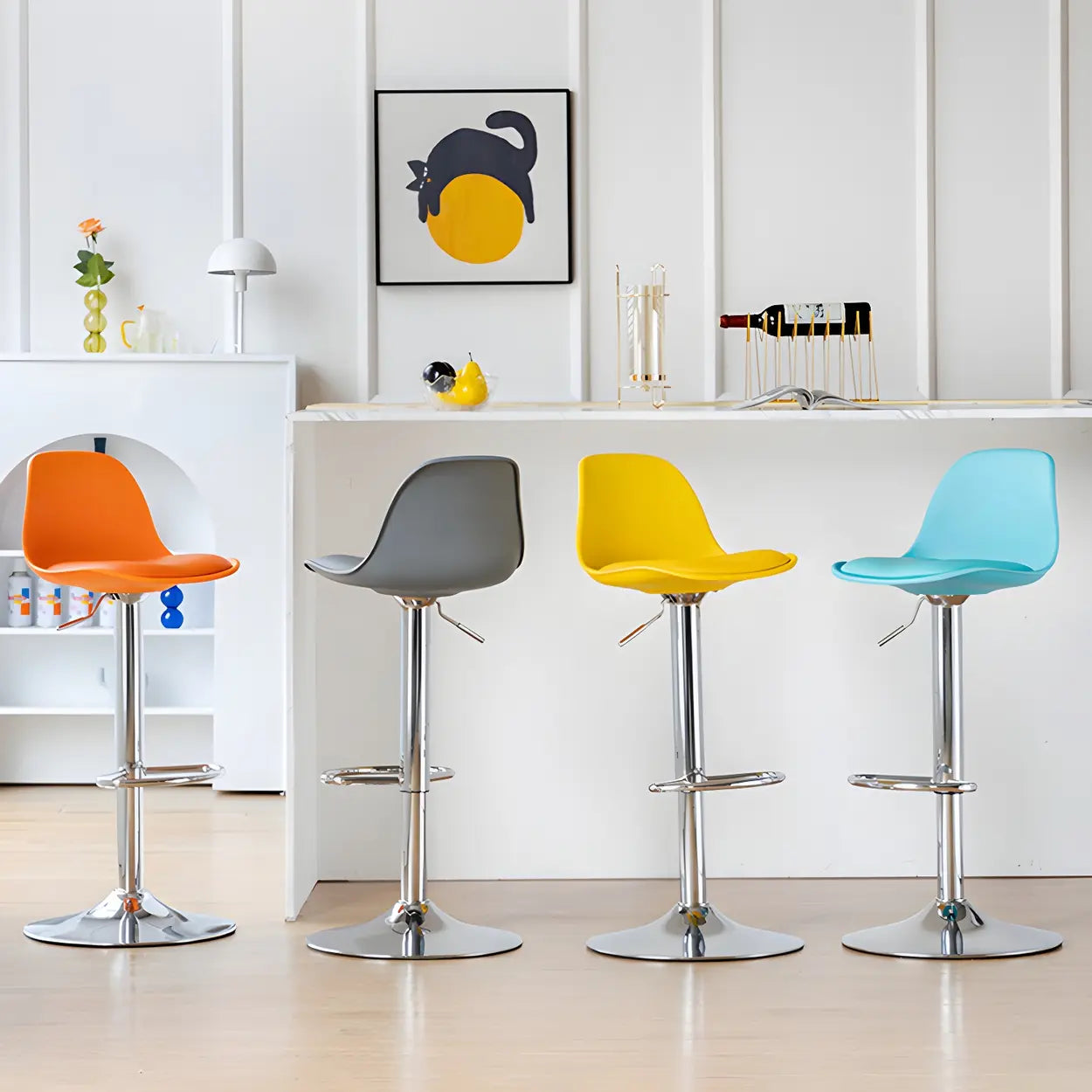
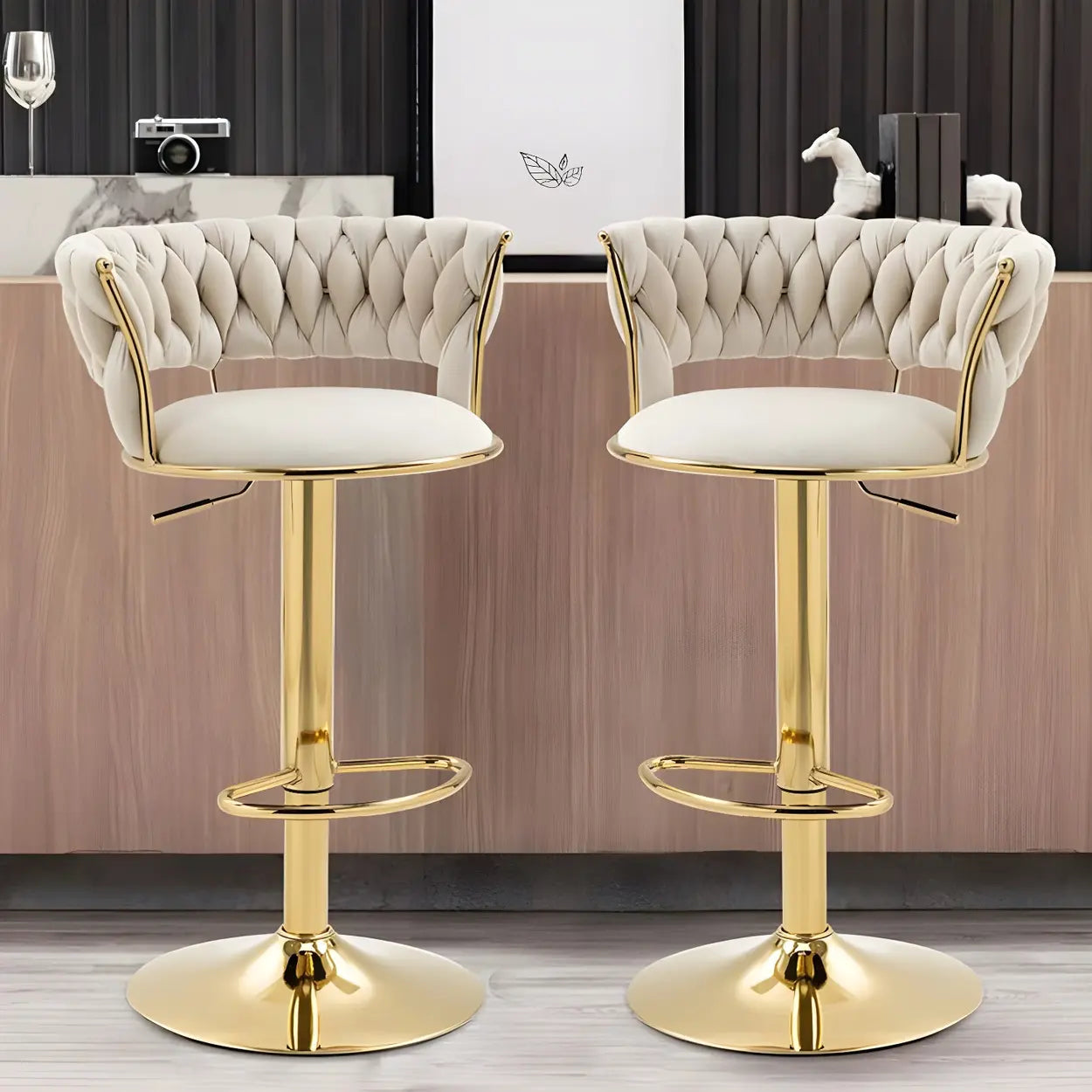
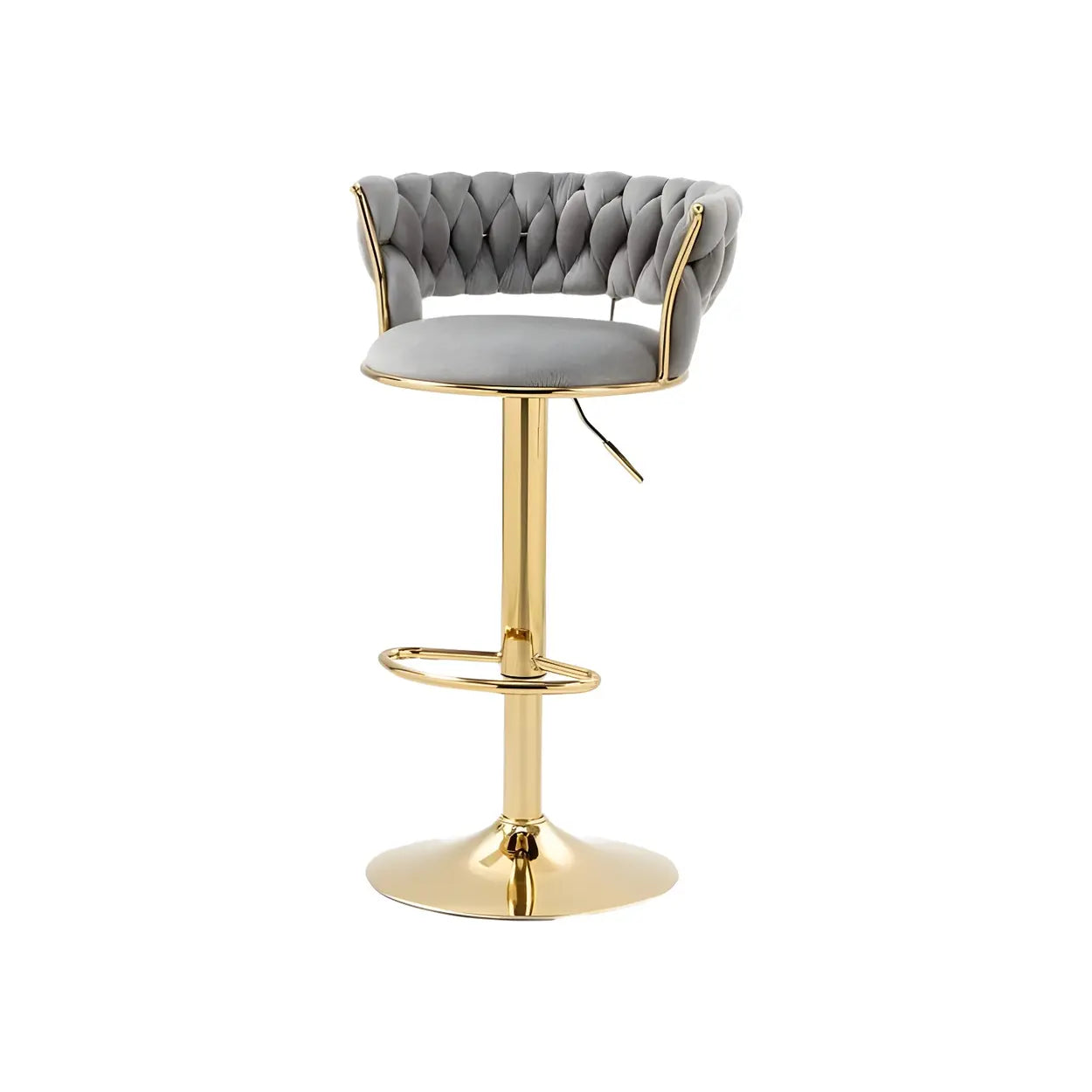



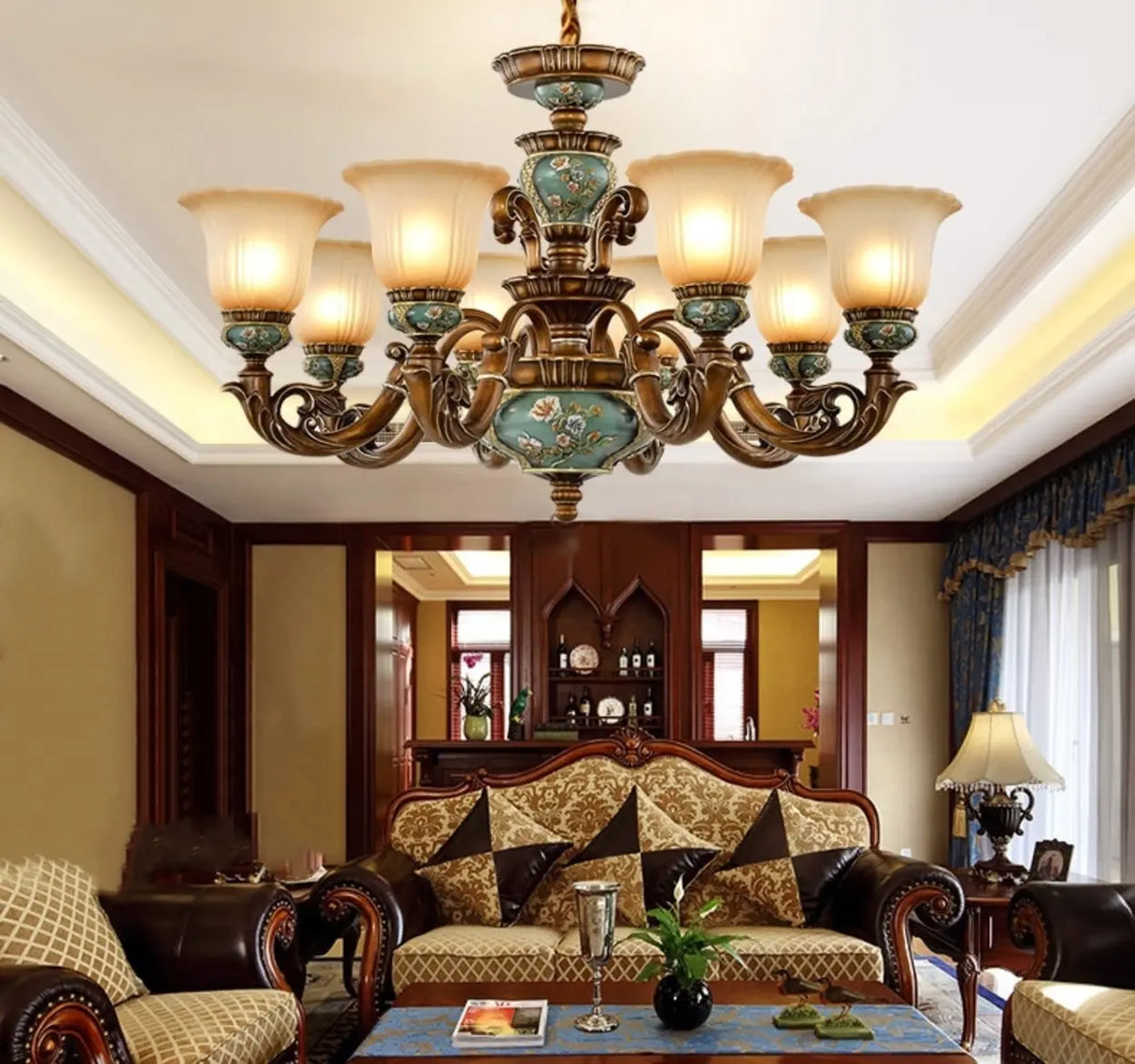
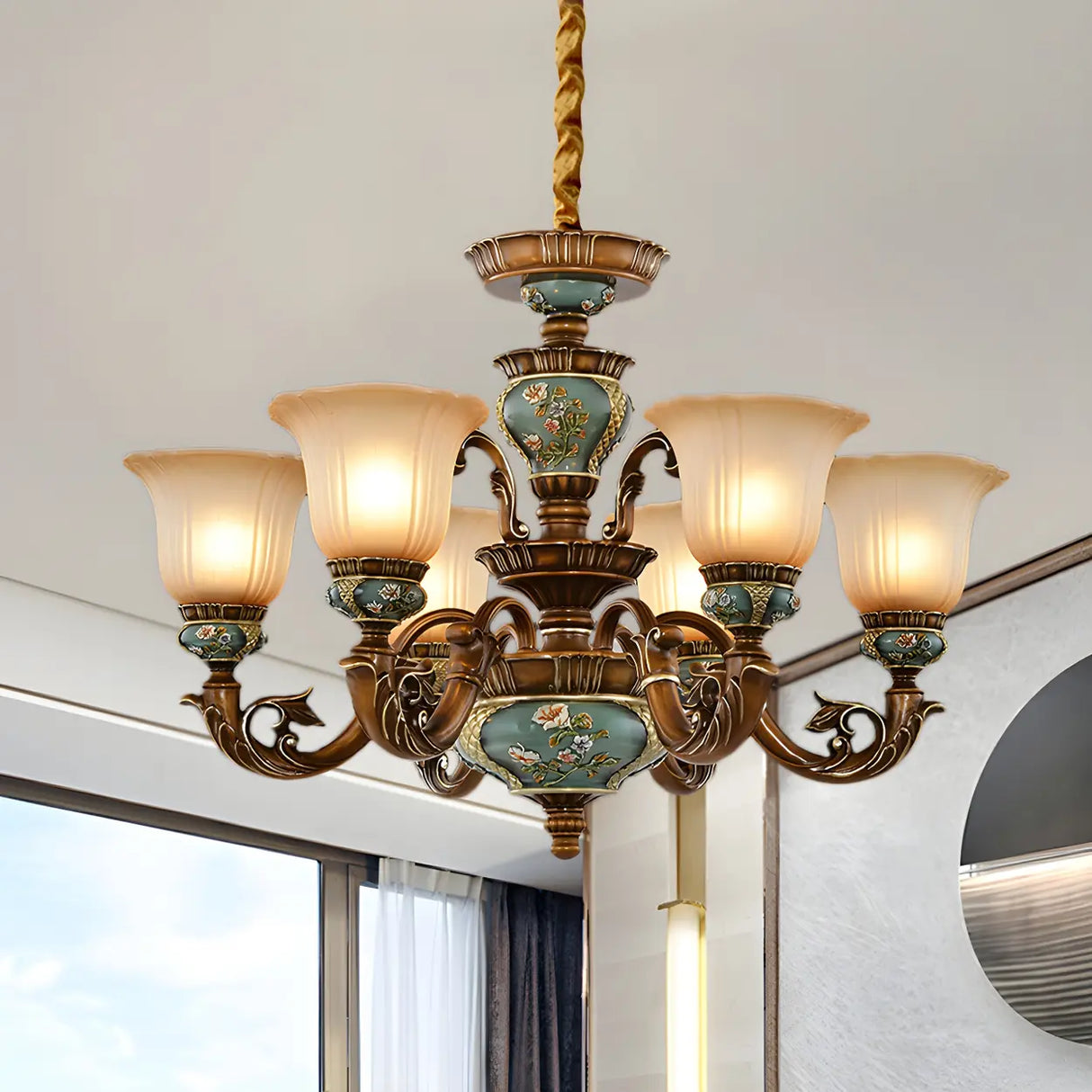
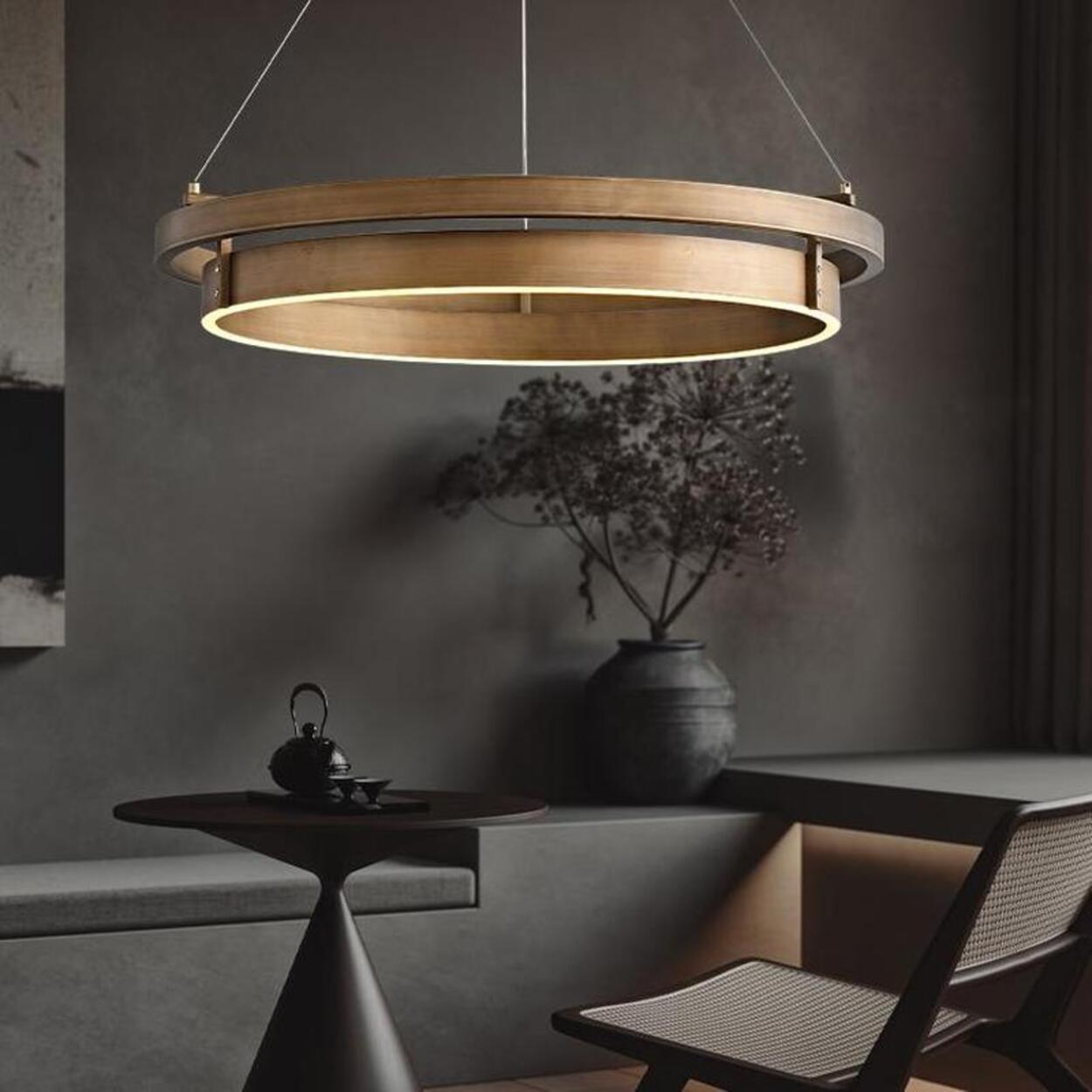
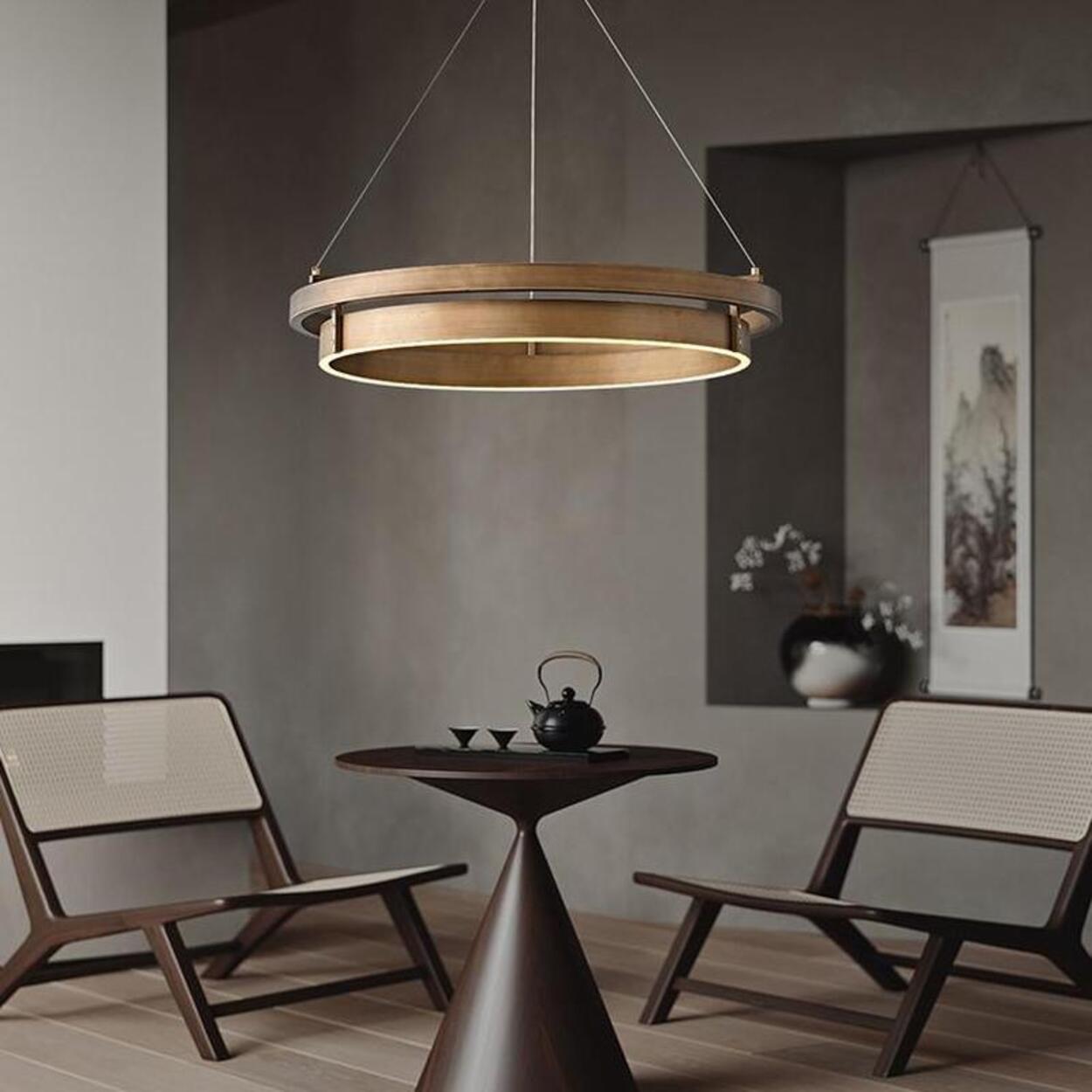
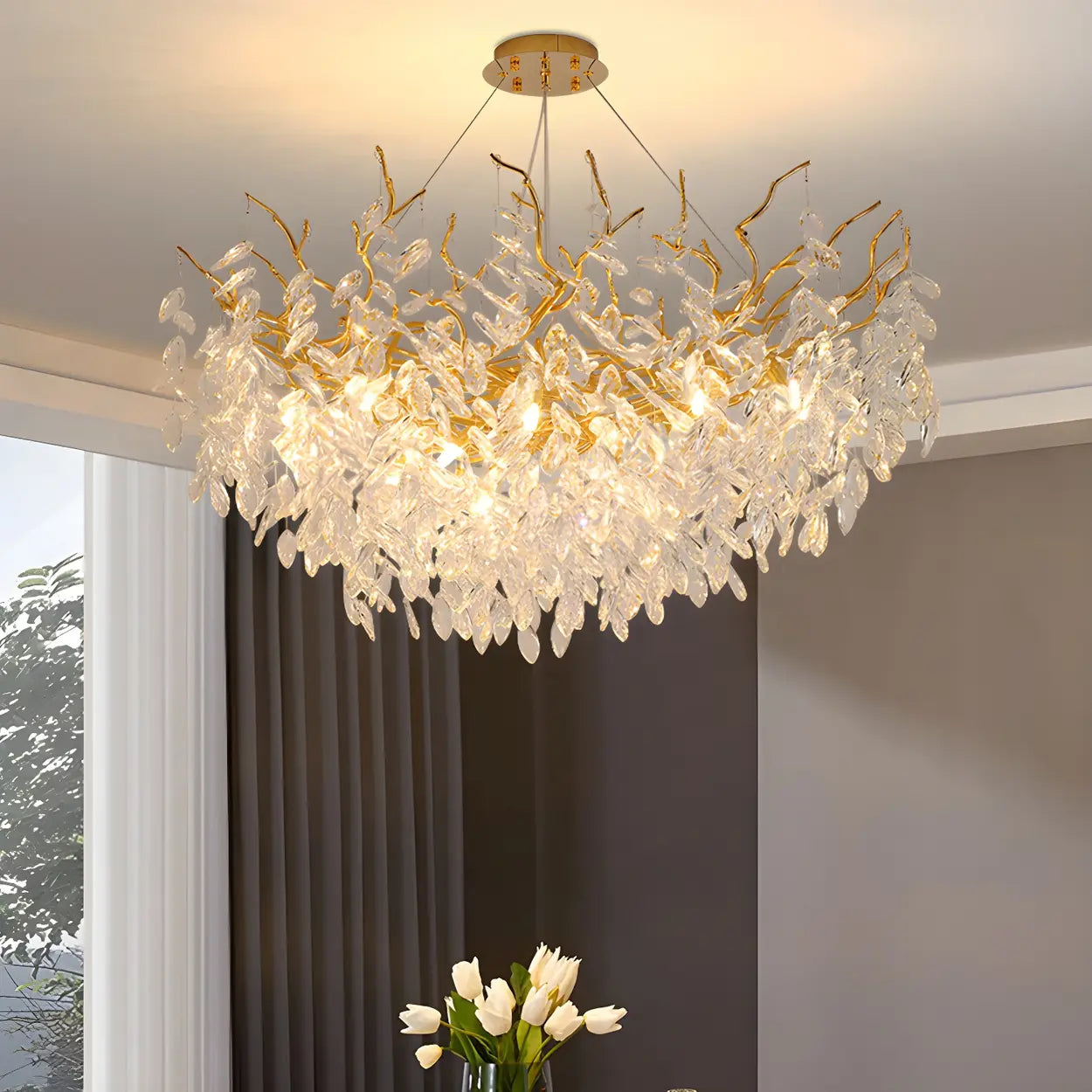
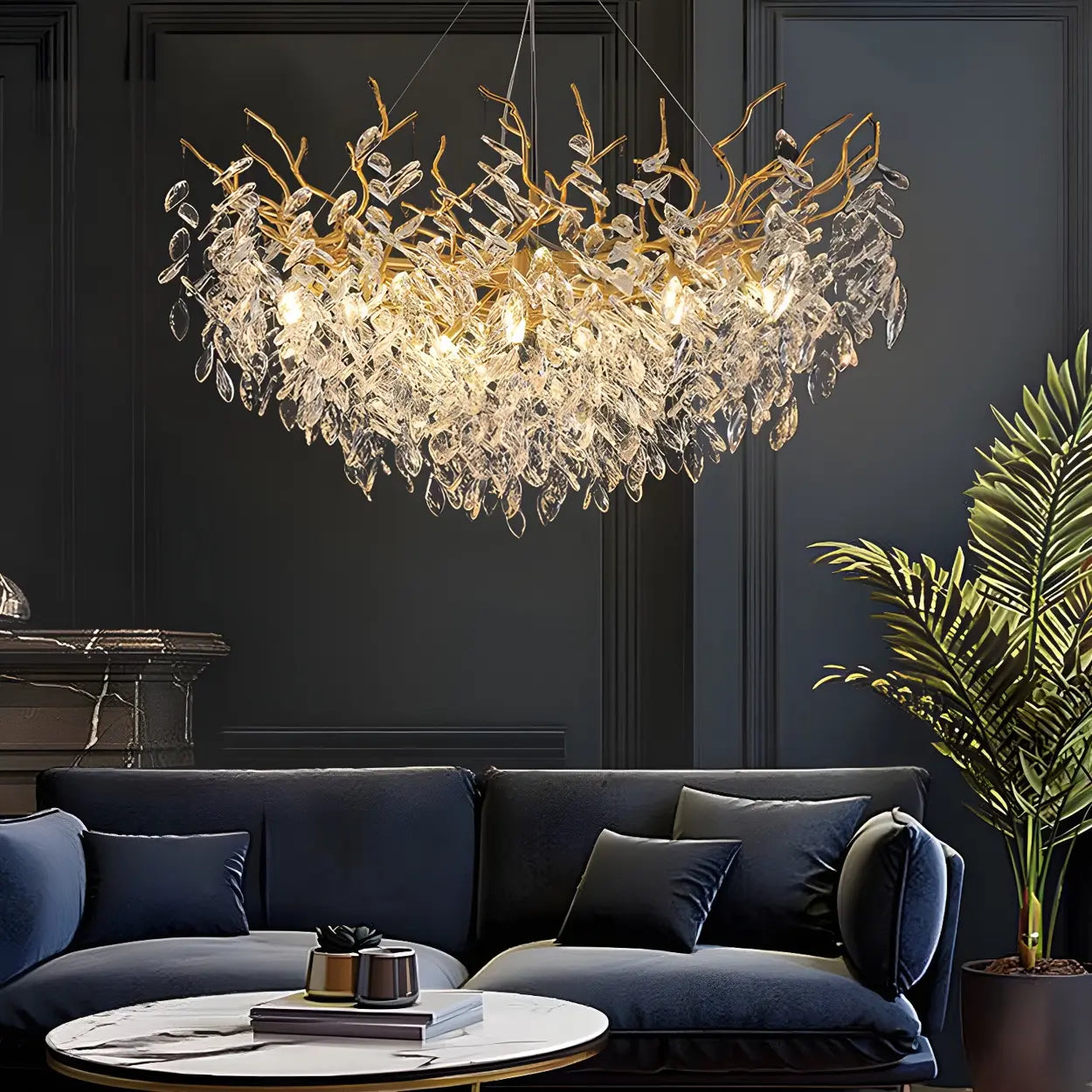
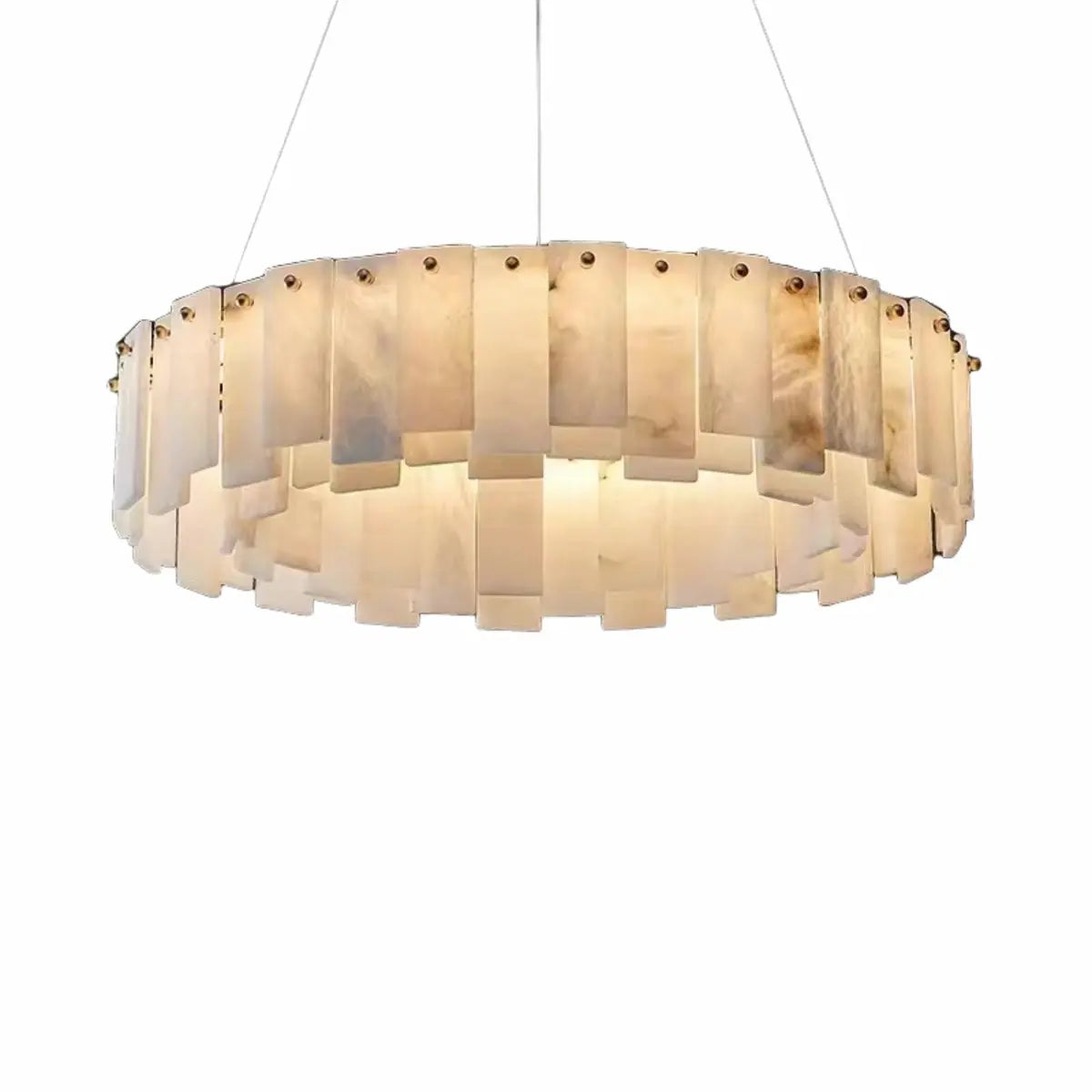
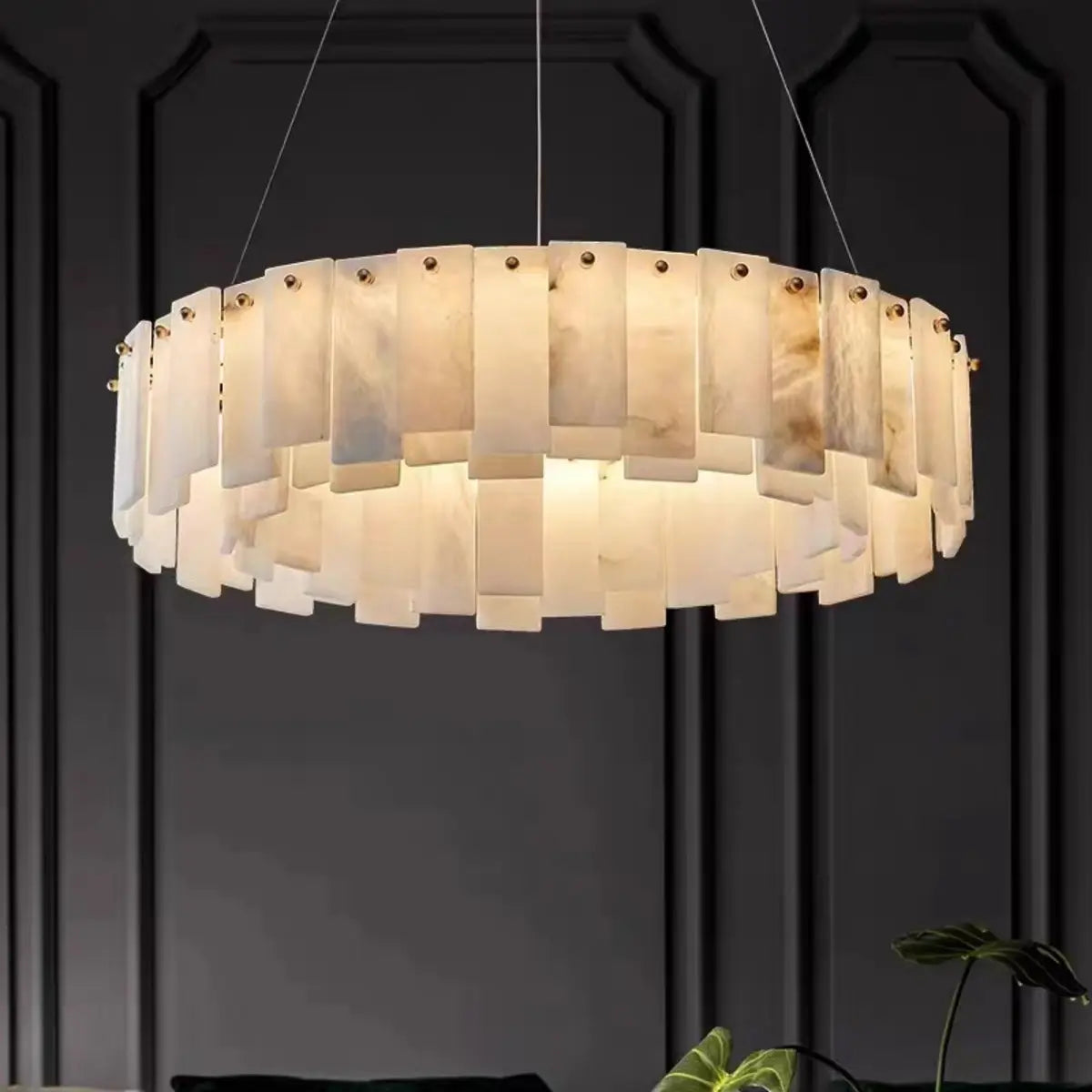
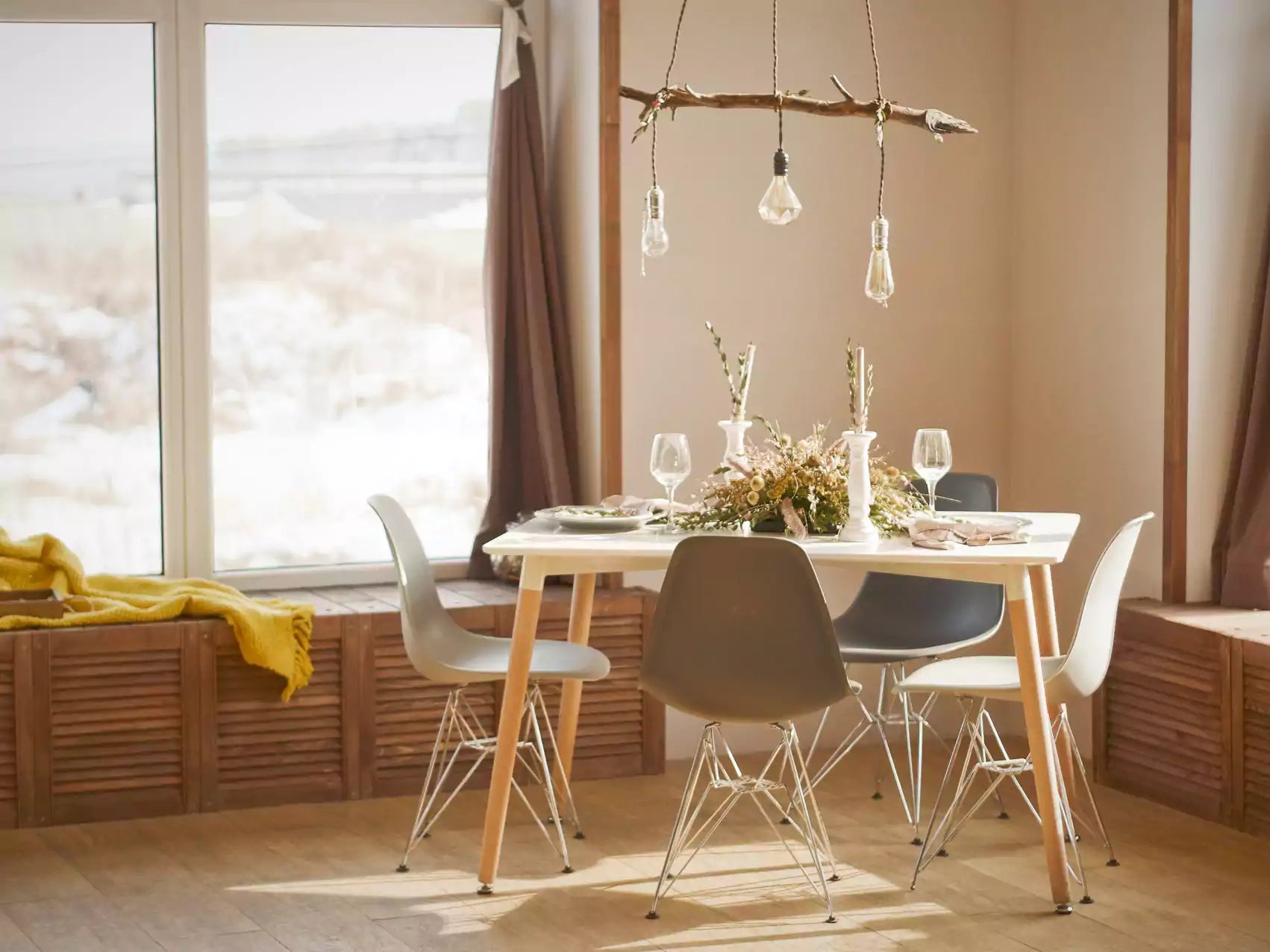
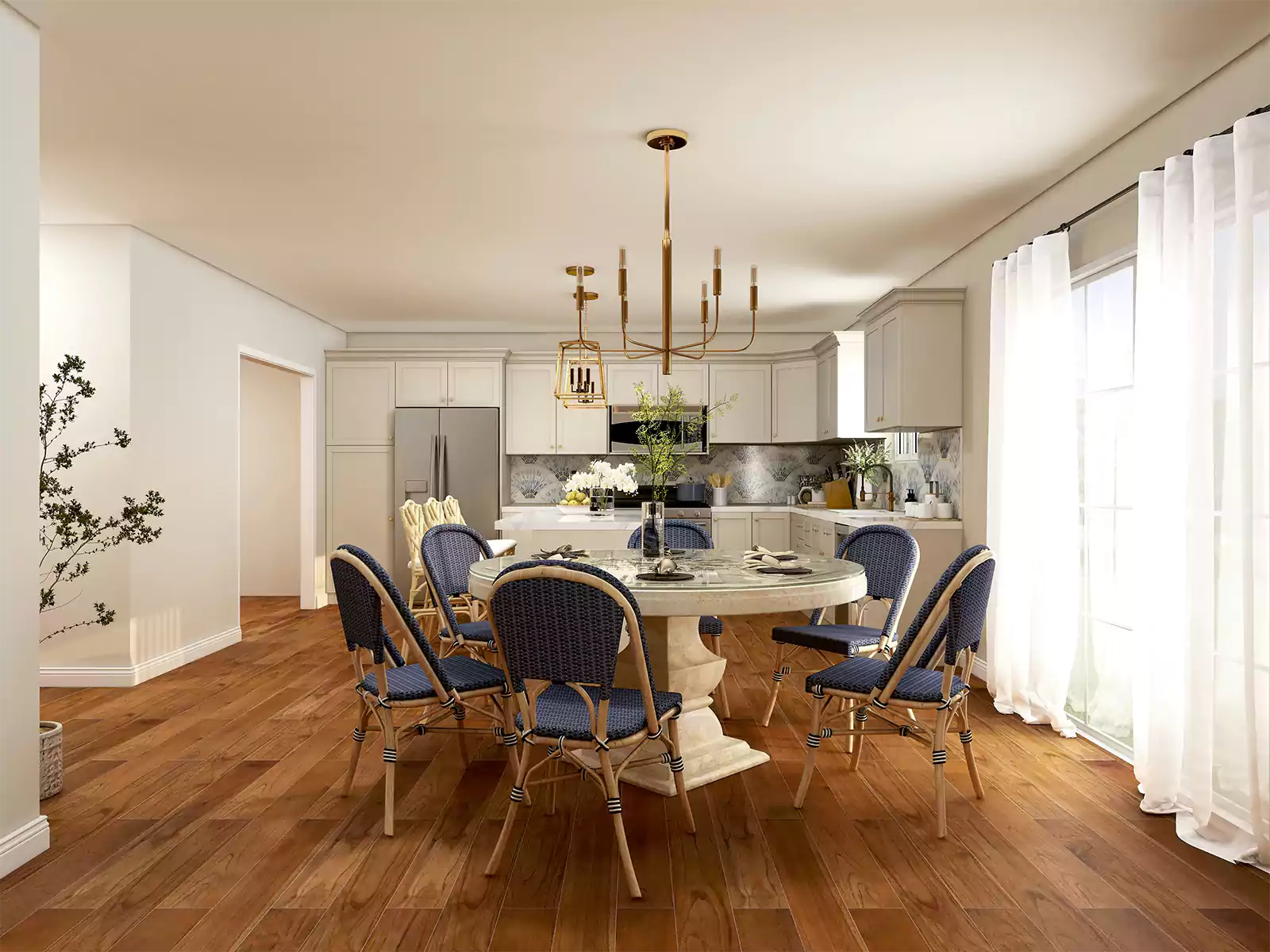
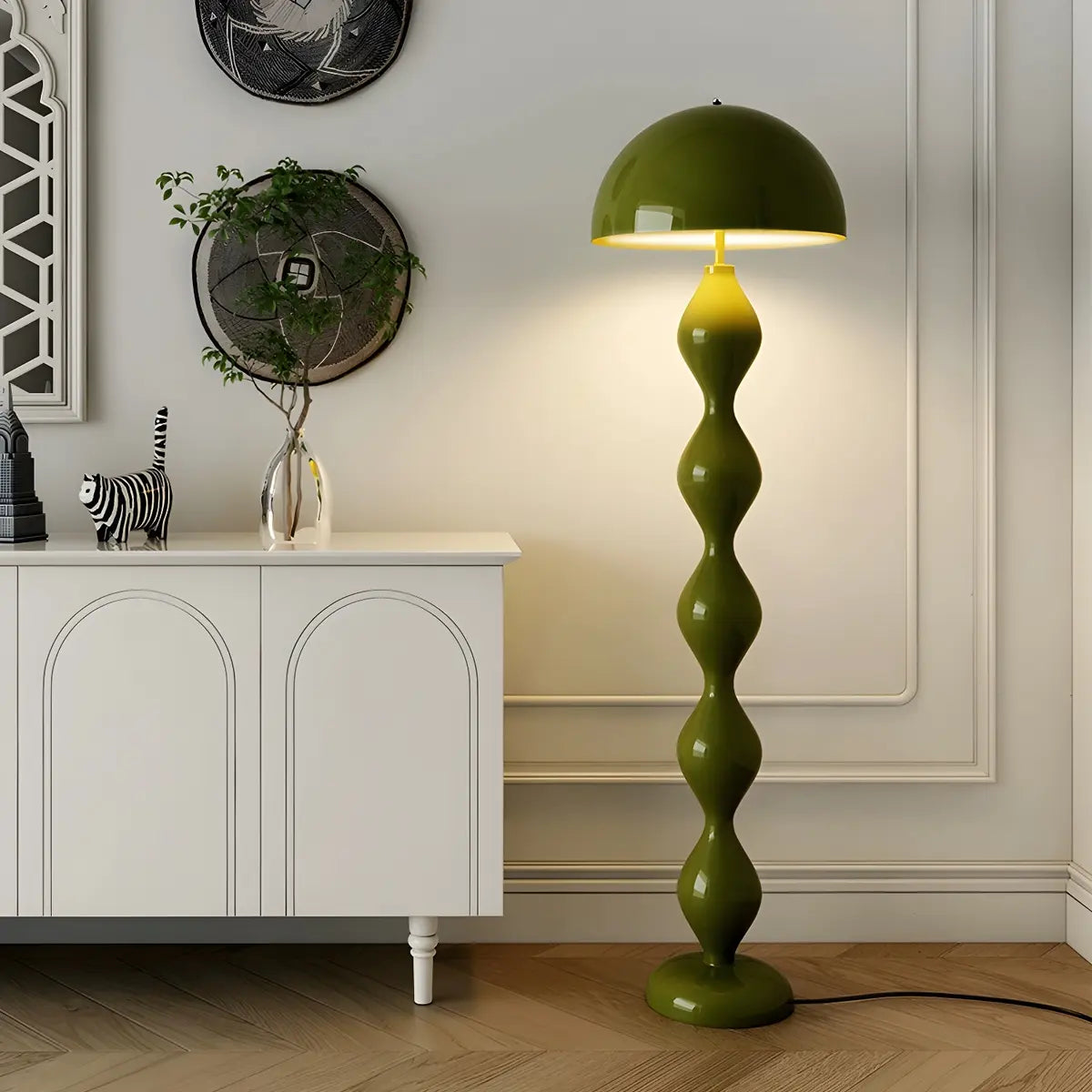
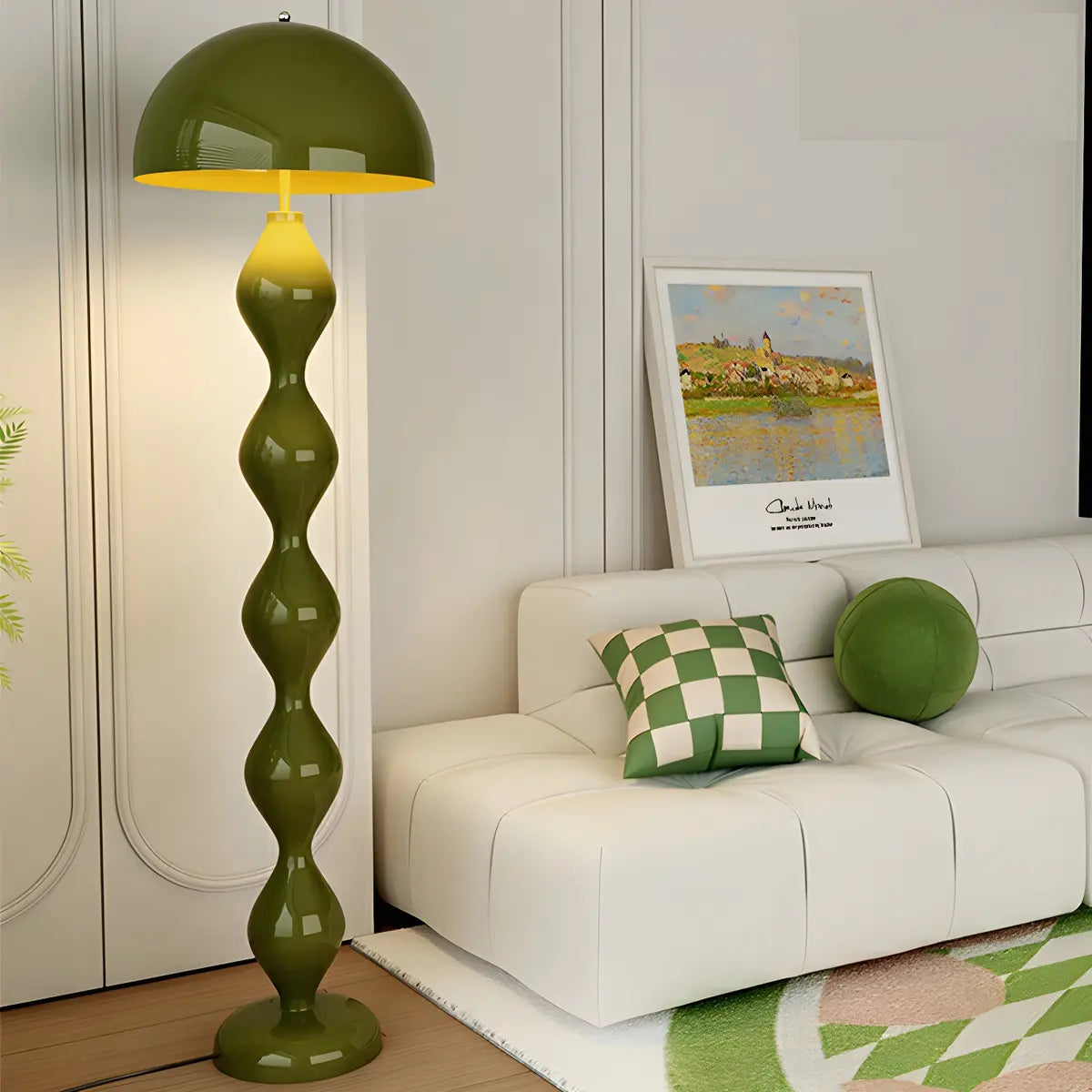
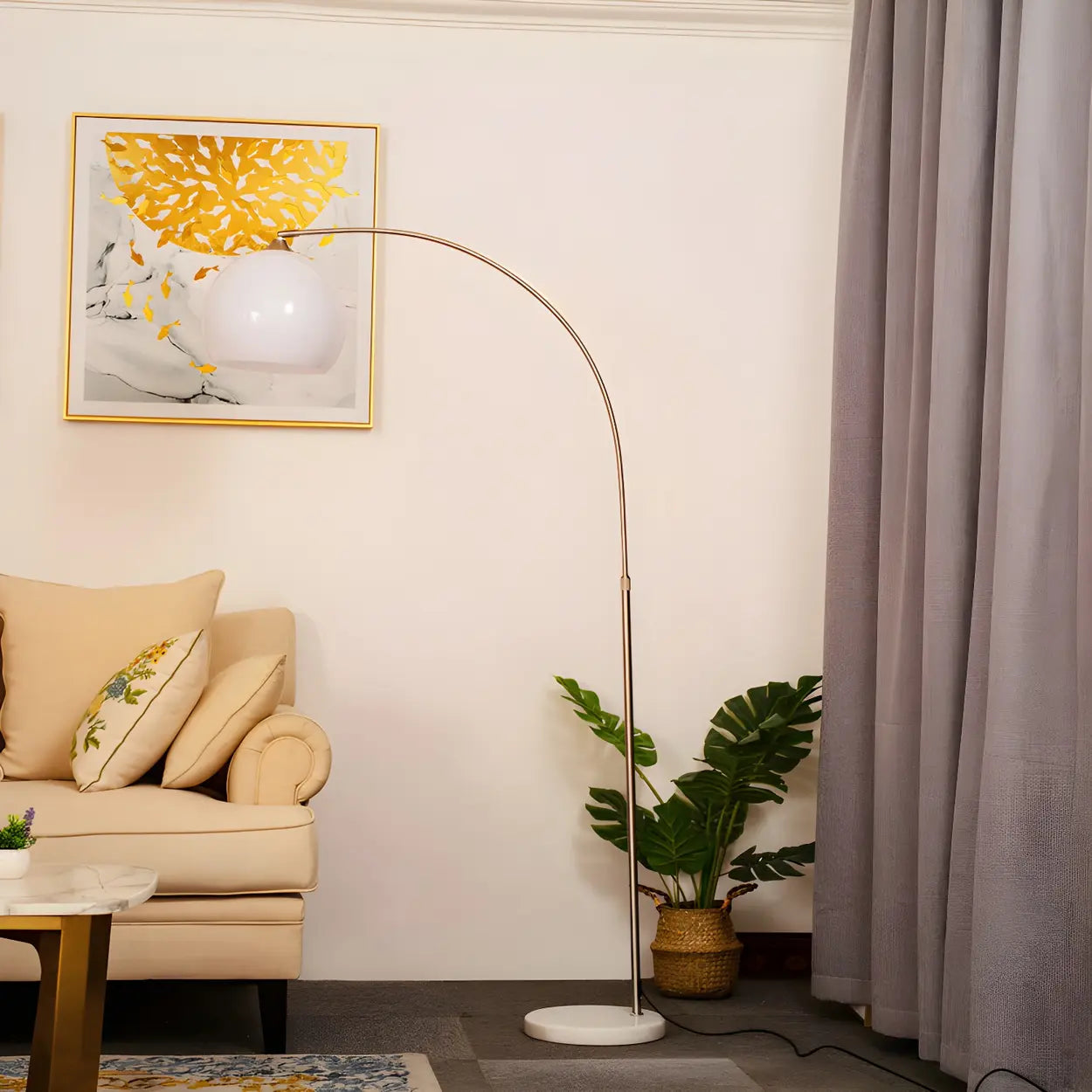
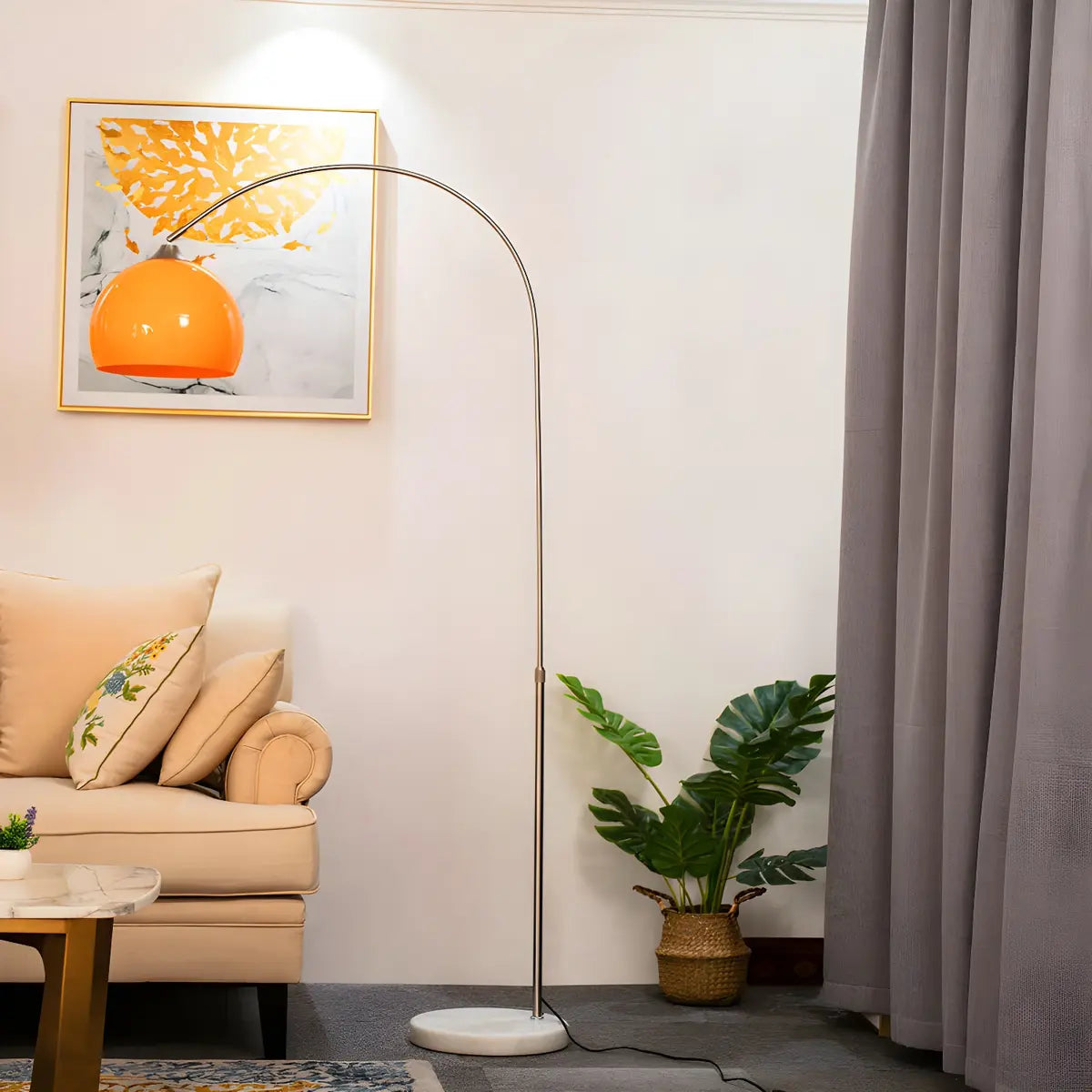

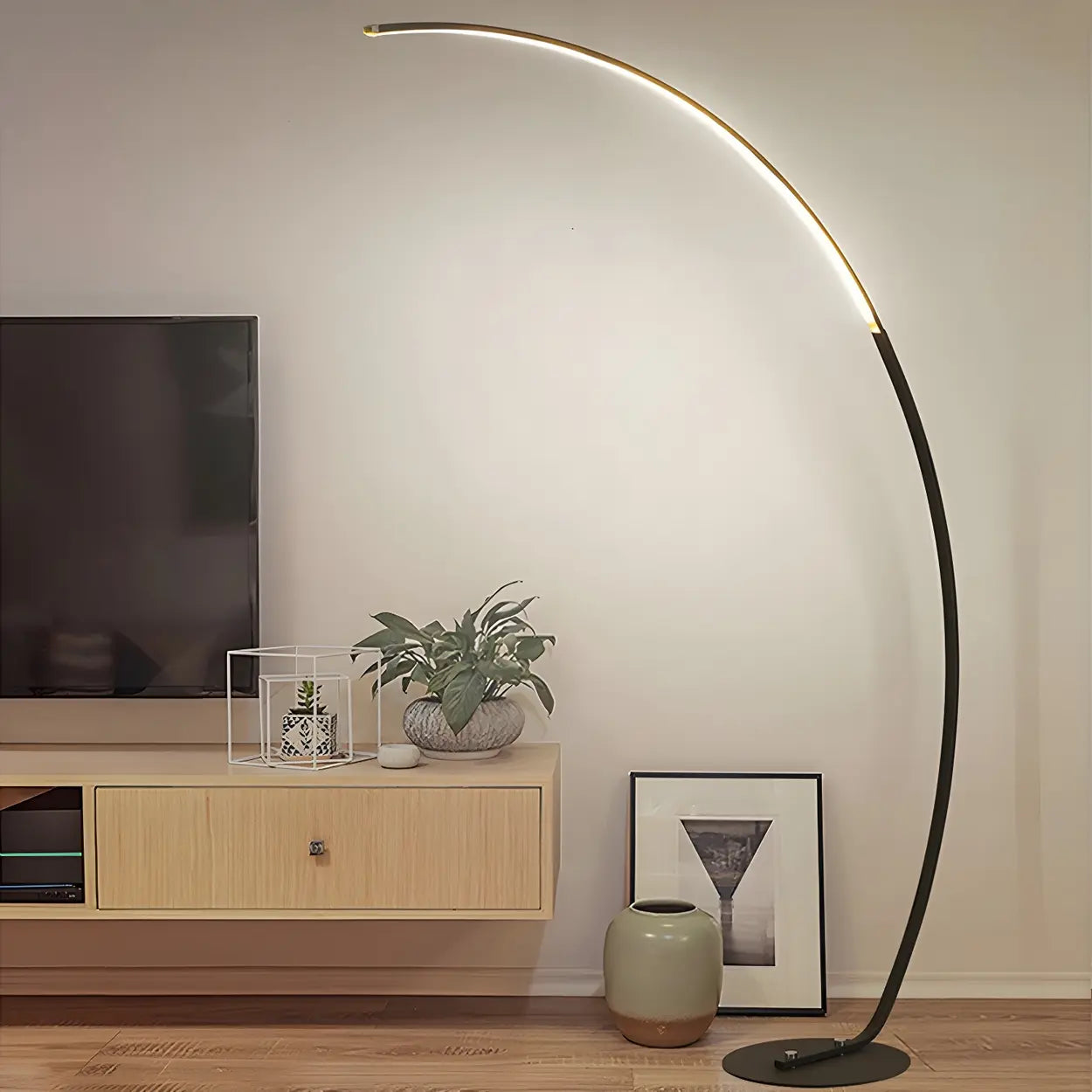
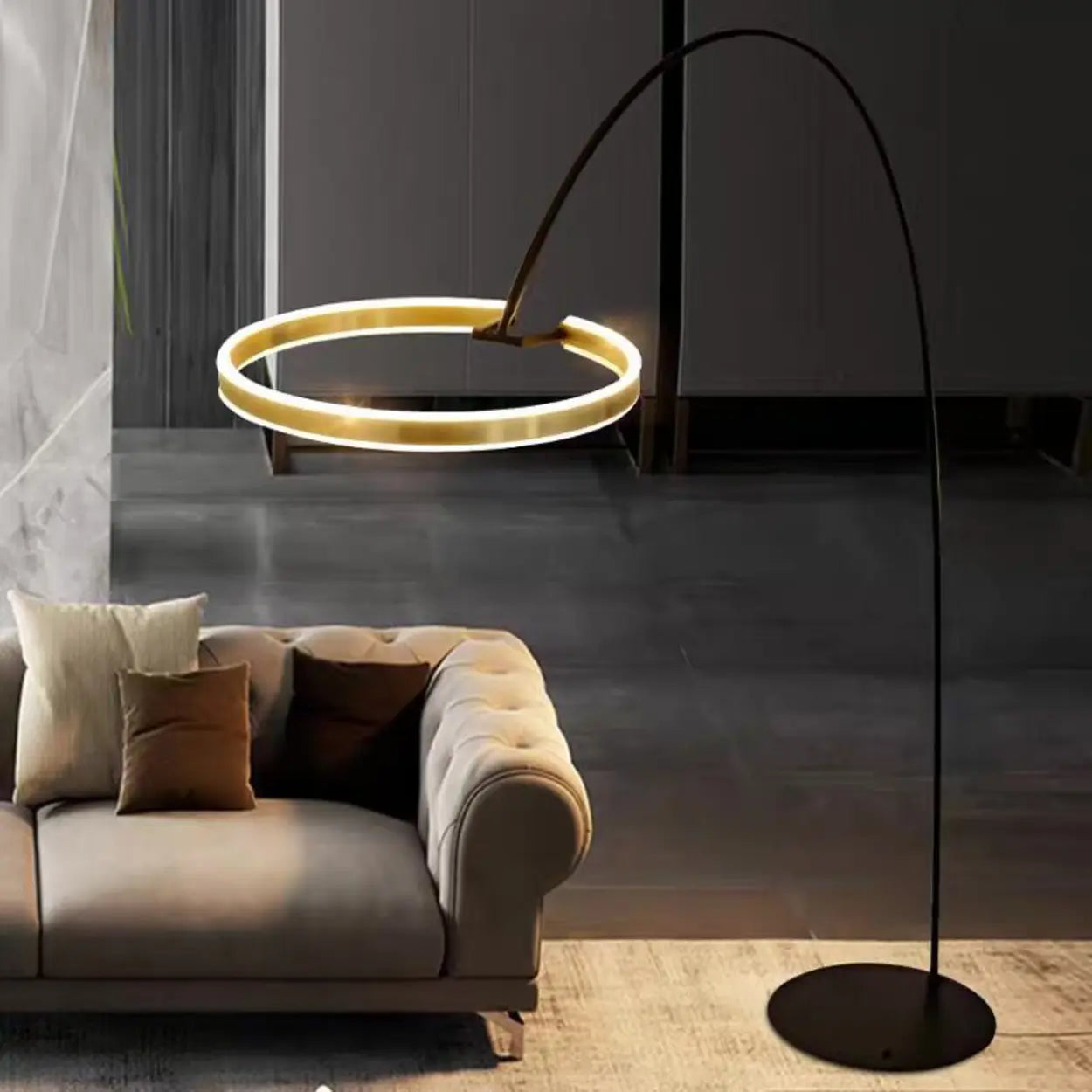
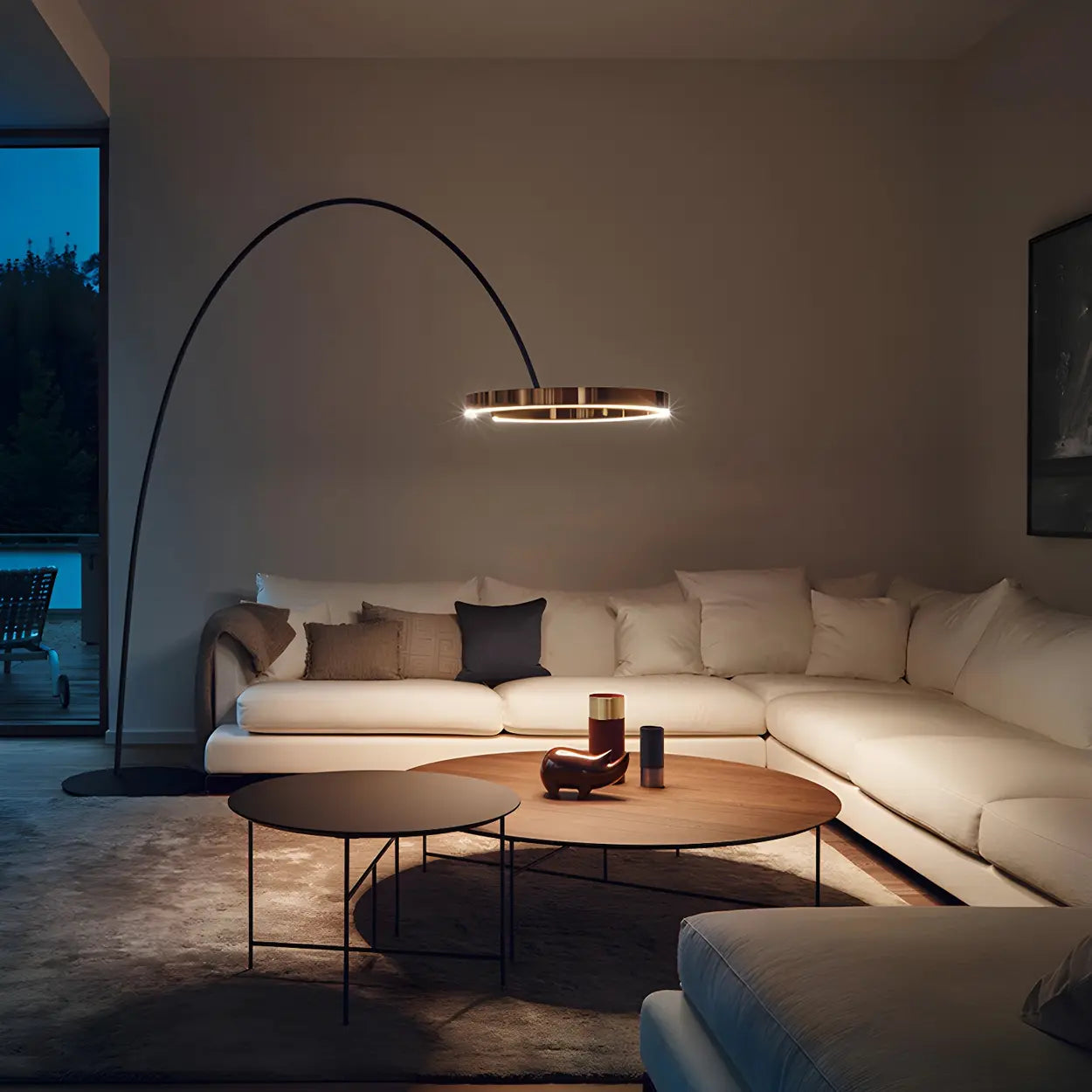
![10 Best Floor Lamp for Reading [2025 Review]](http://www.homebaa.com/cdn/shop/articles/banner_c990b0a4-4743-4902-b6be-5609f7a21a90.webp?v=1747357941)


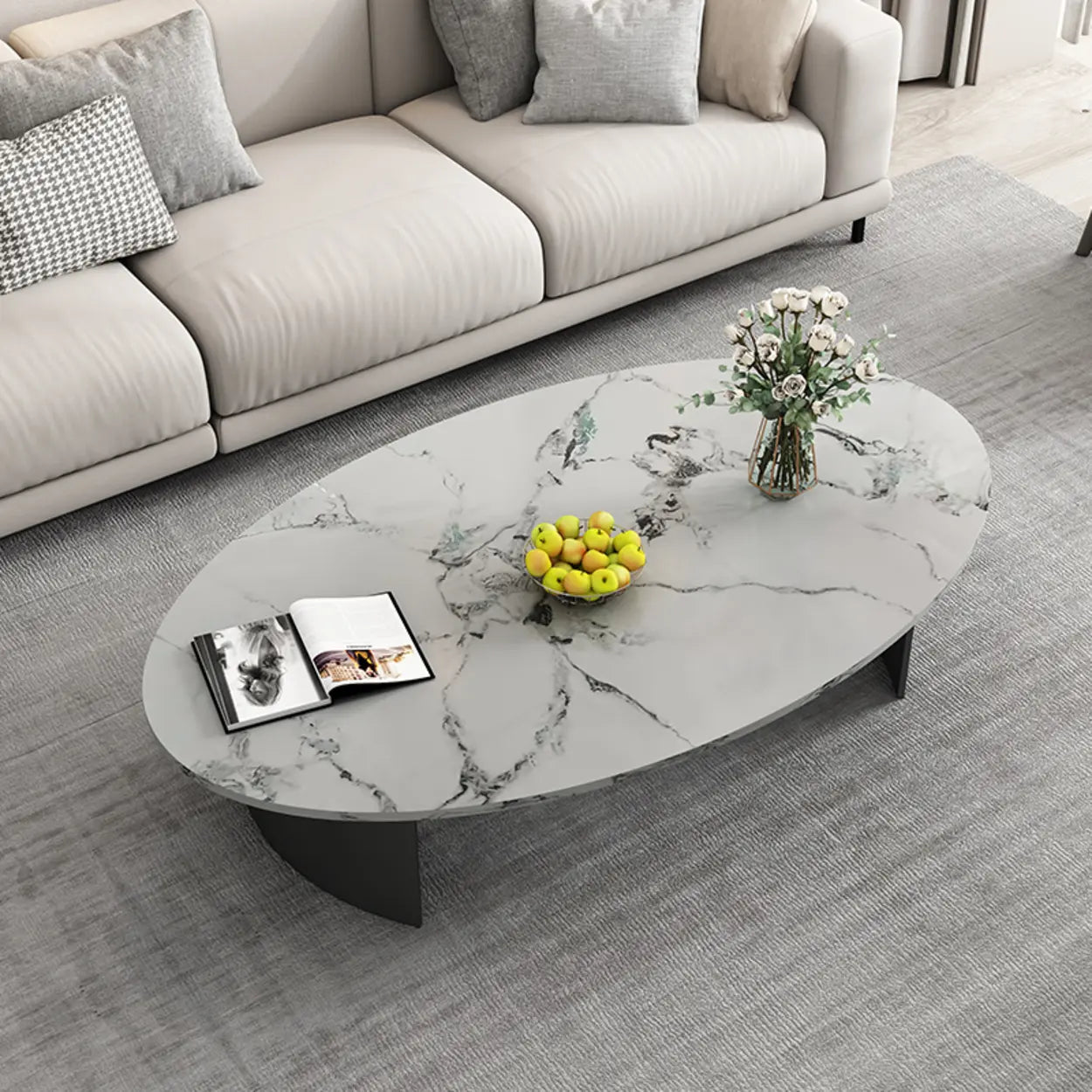
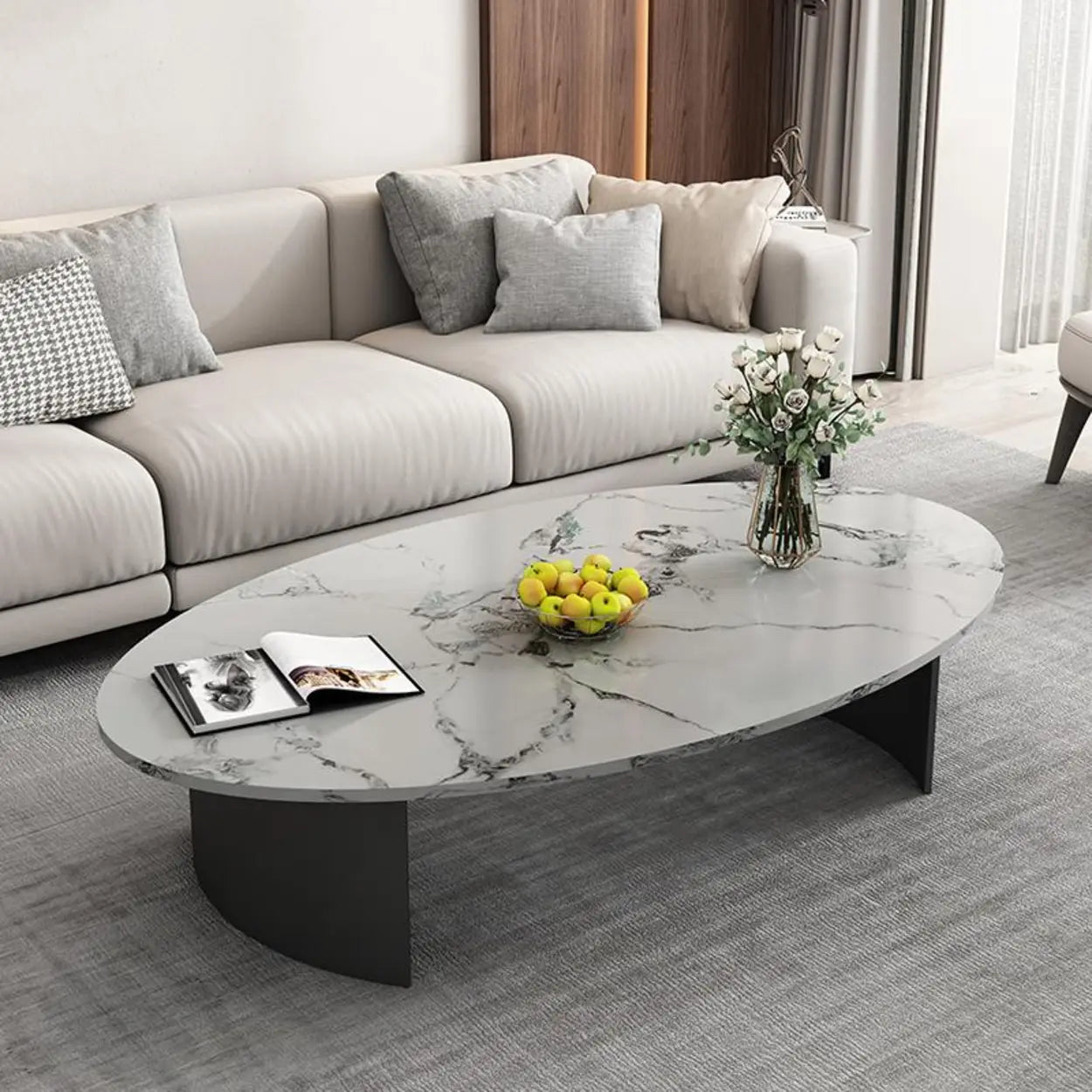
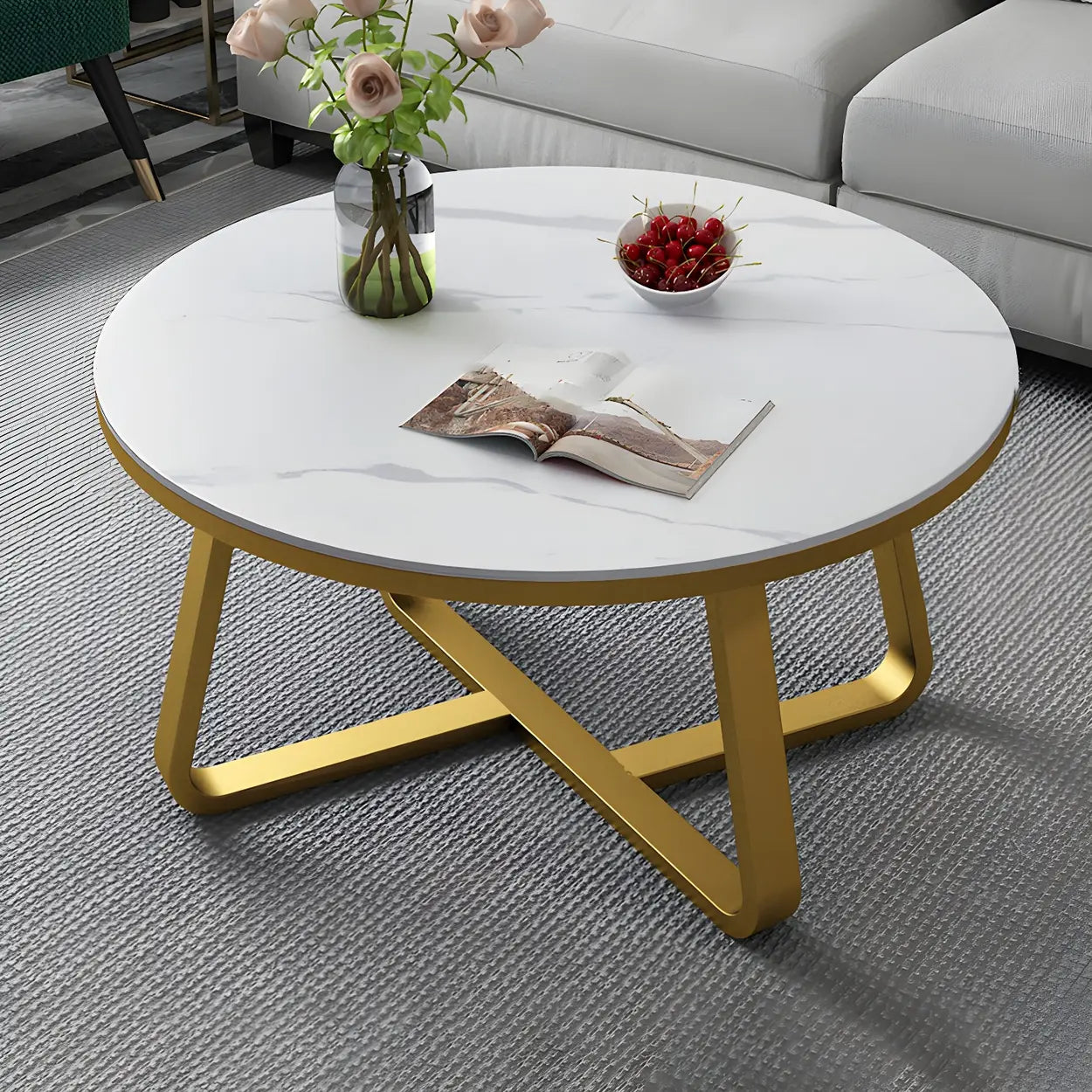
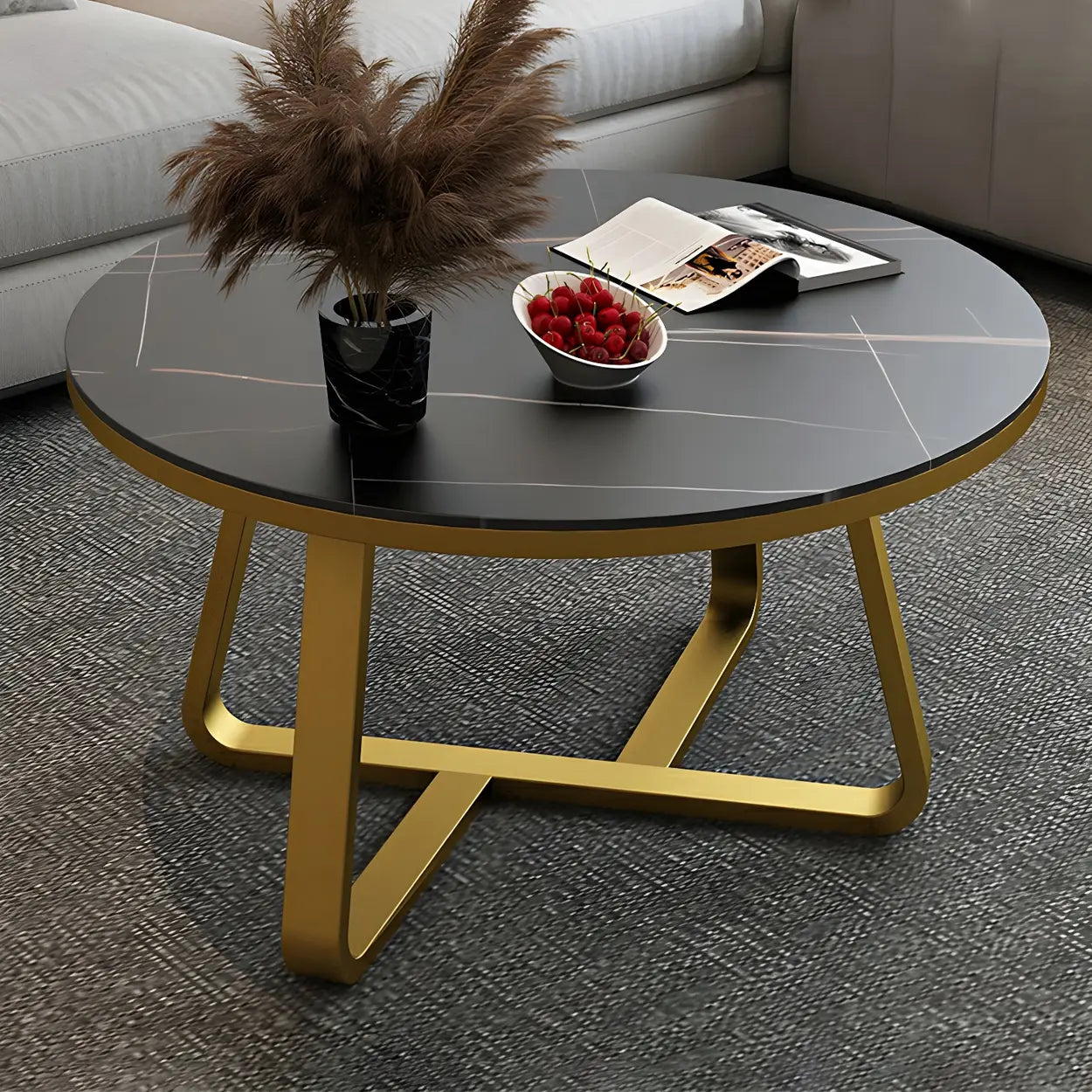
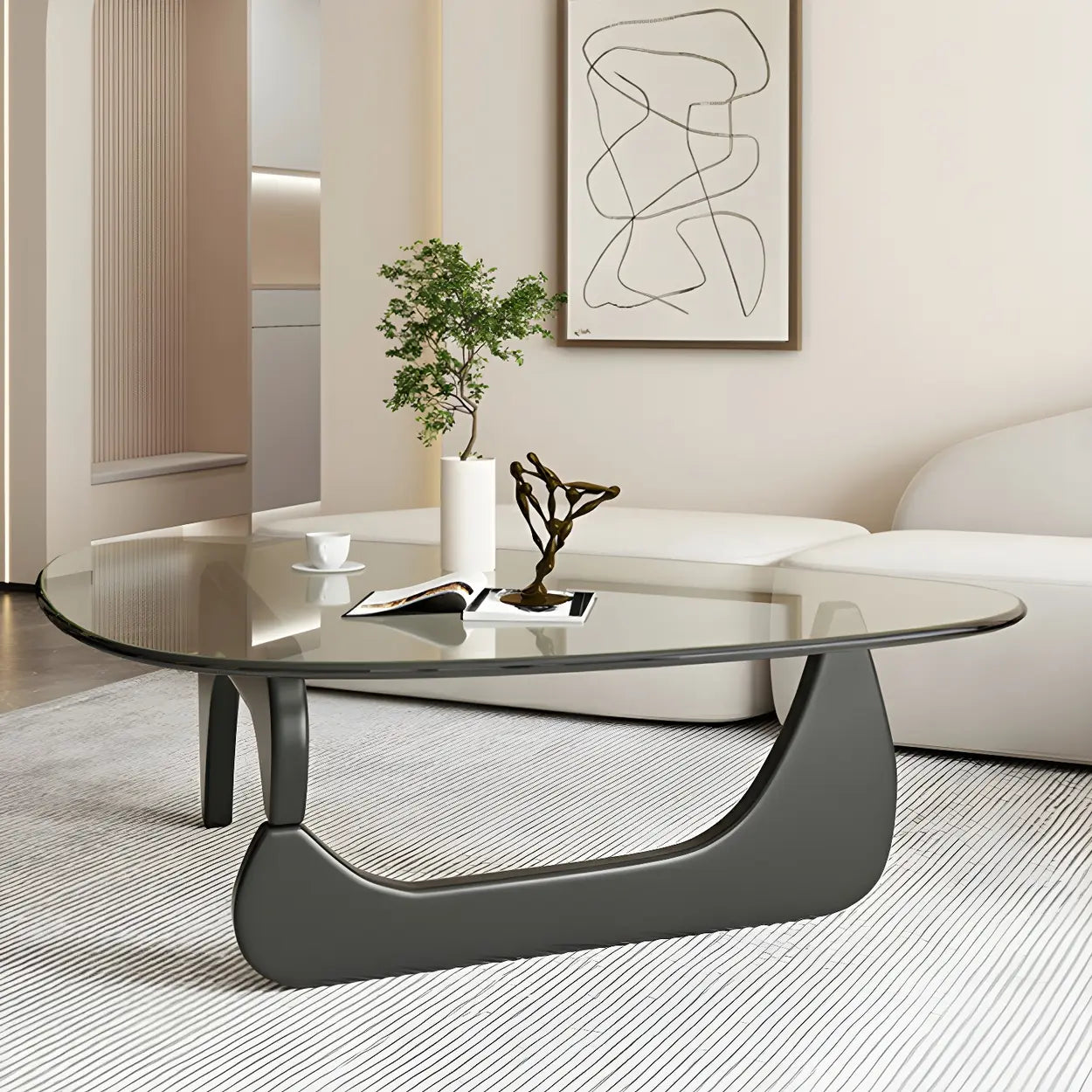
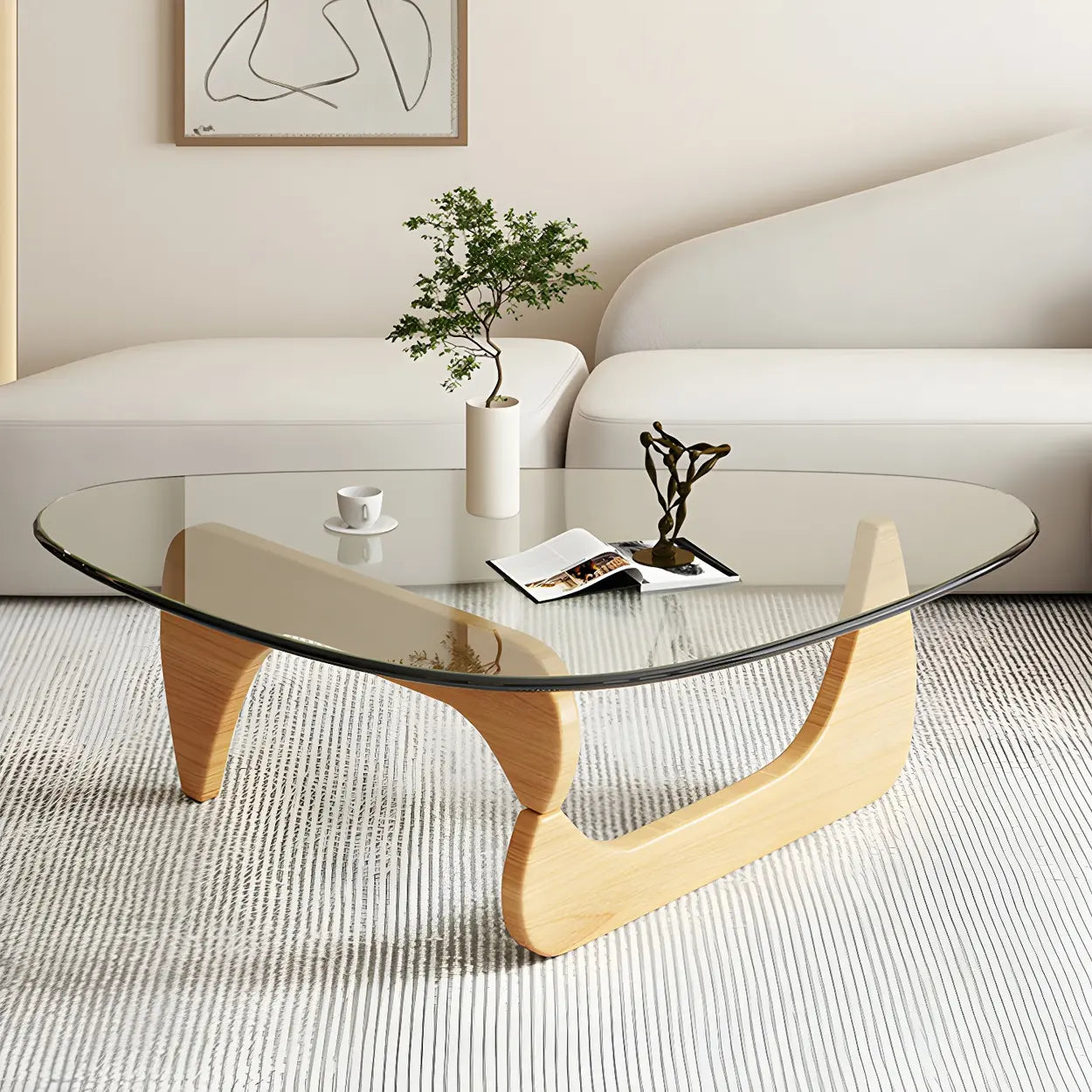
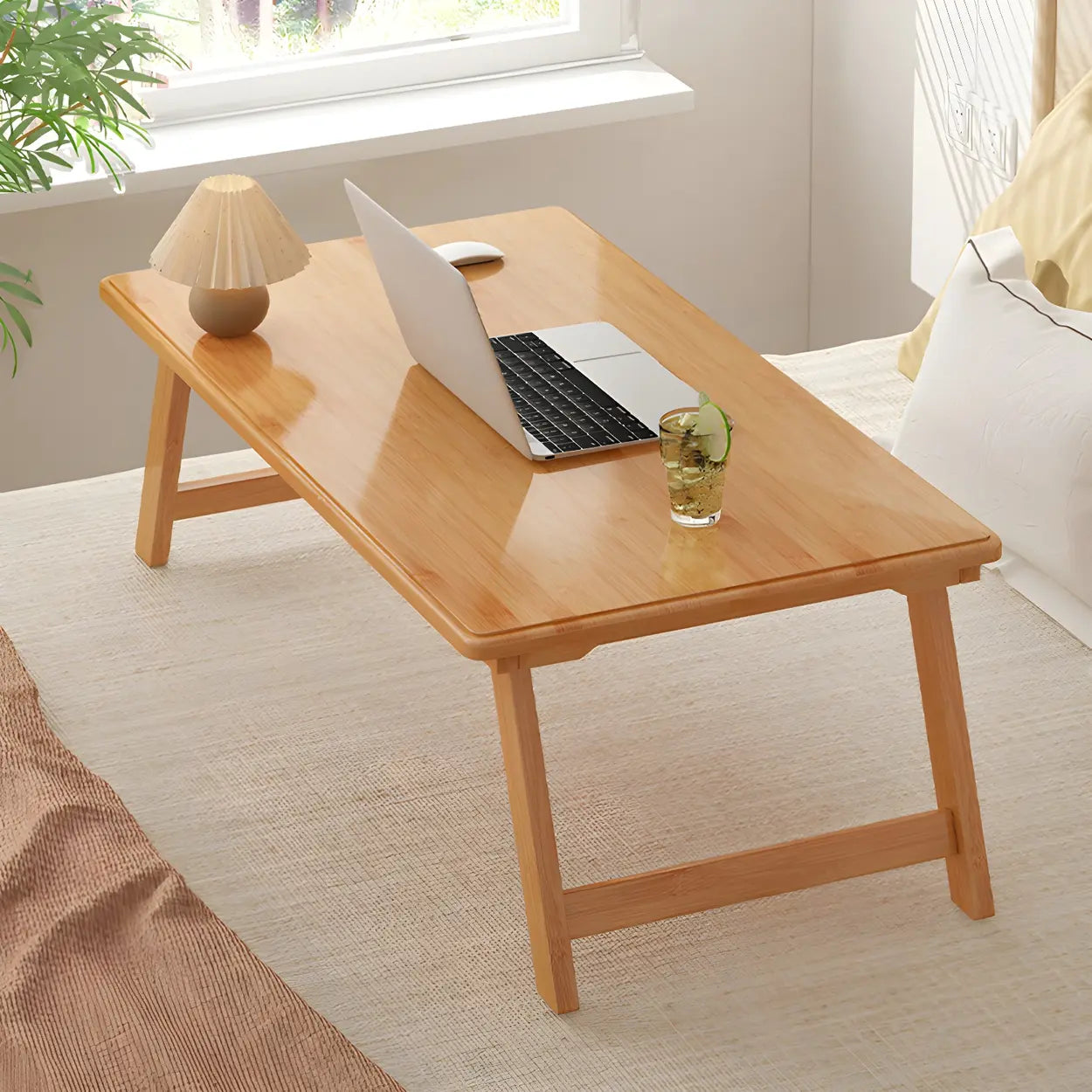


![How to Choose the Coffee Table Height? [2025 Newest Guide]](http://www.homebaa.com/cdn/shop/articles/coffee-table-height.webp?v=1749523259)
